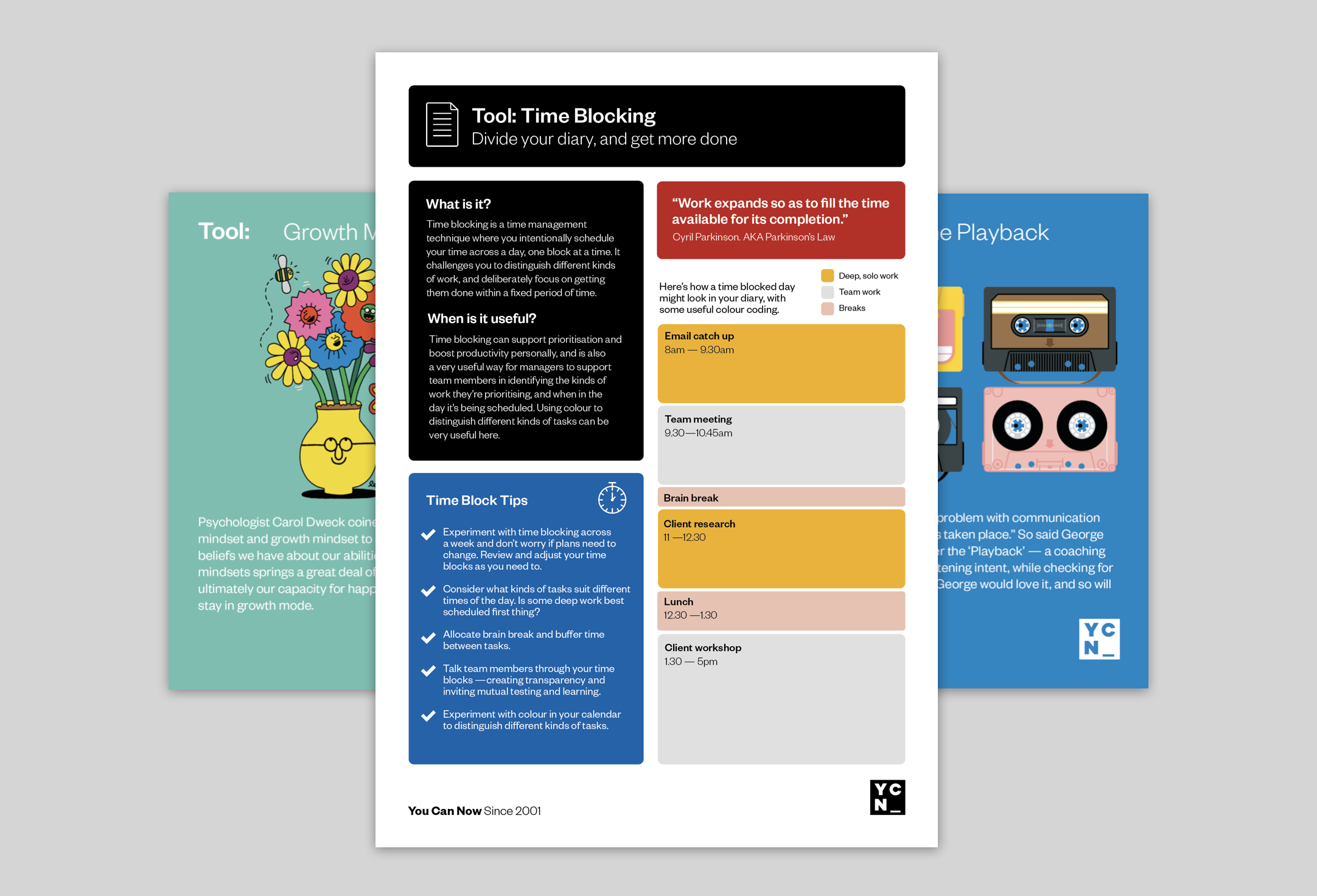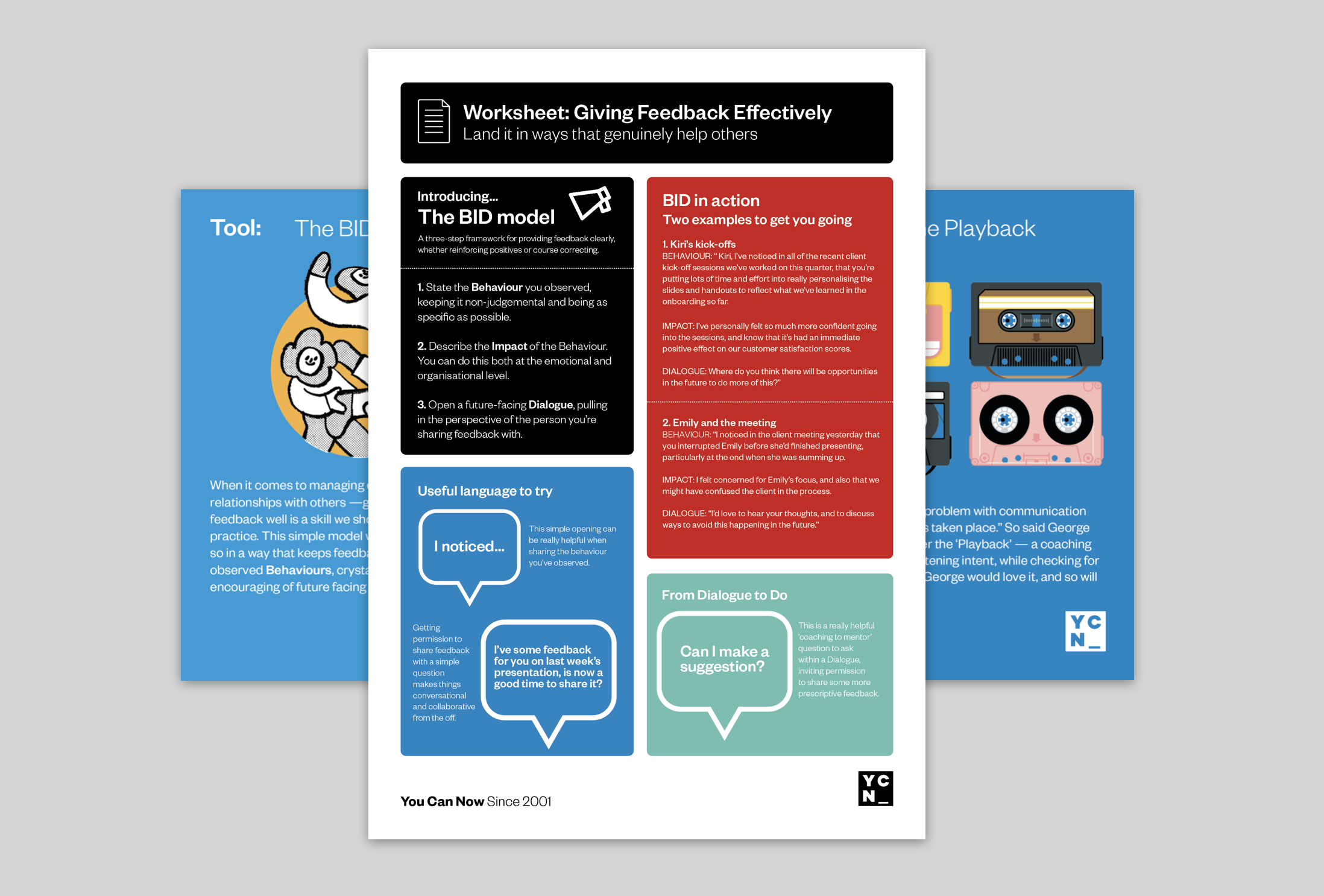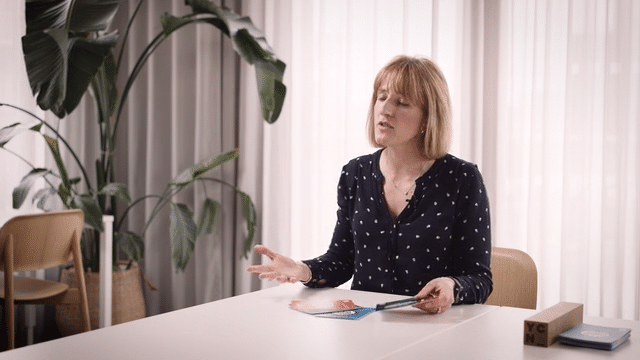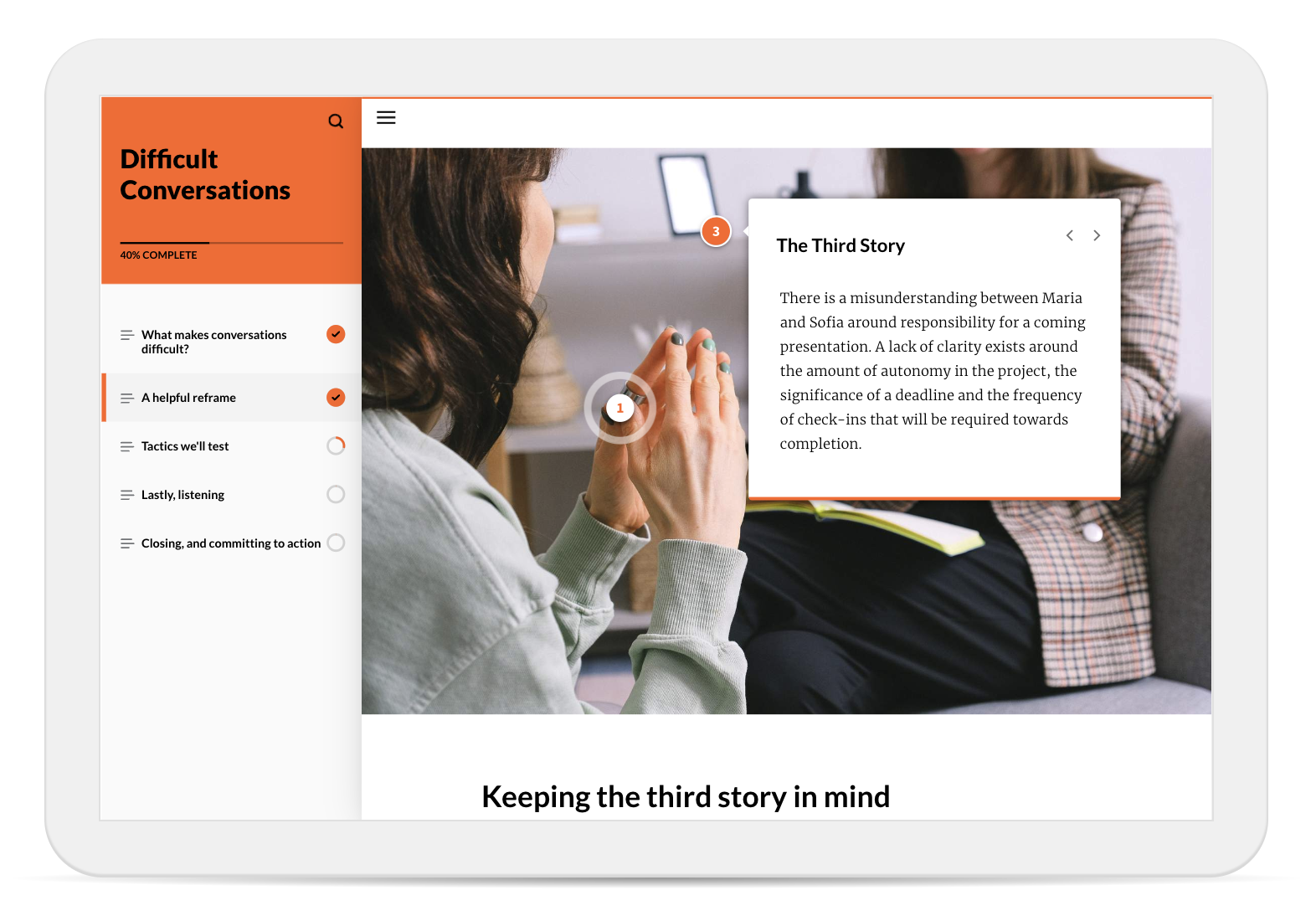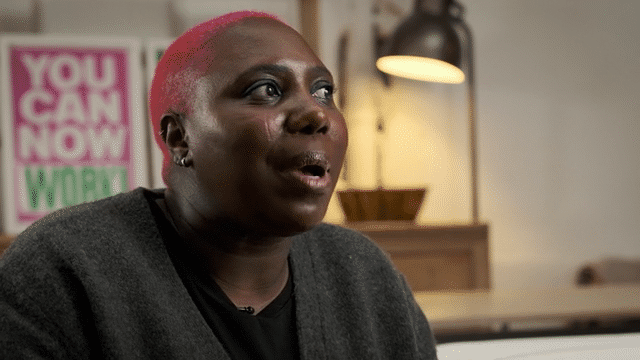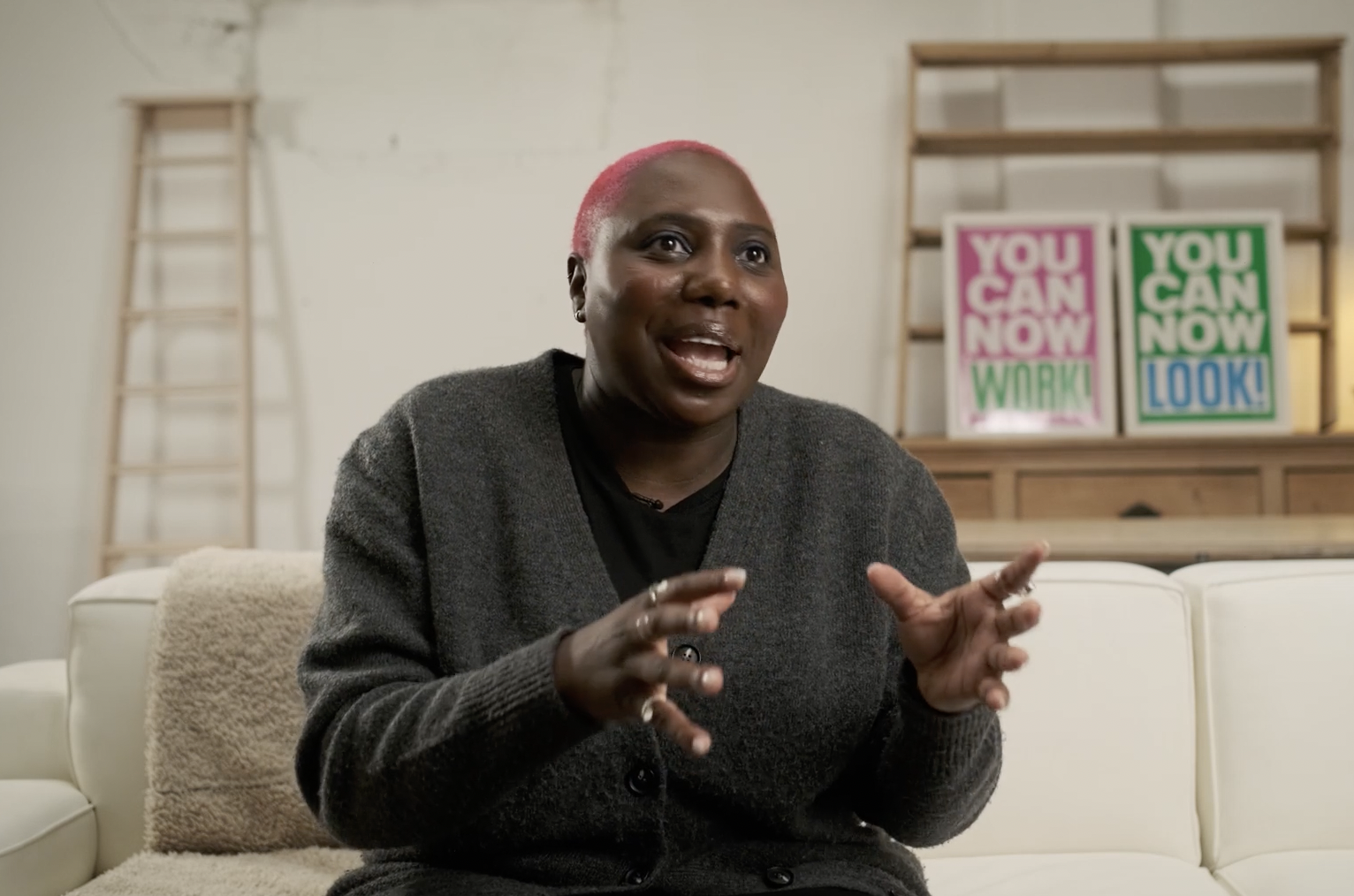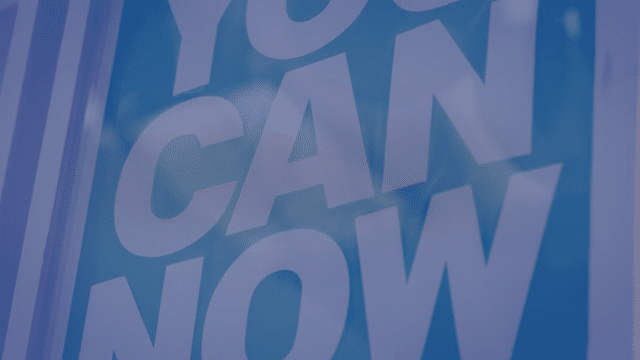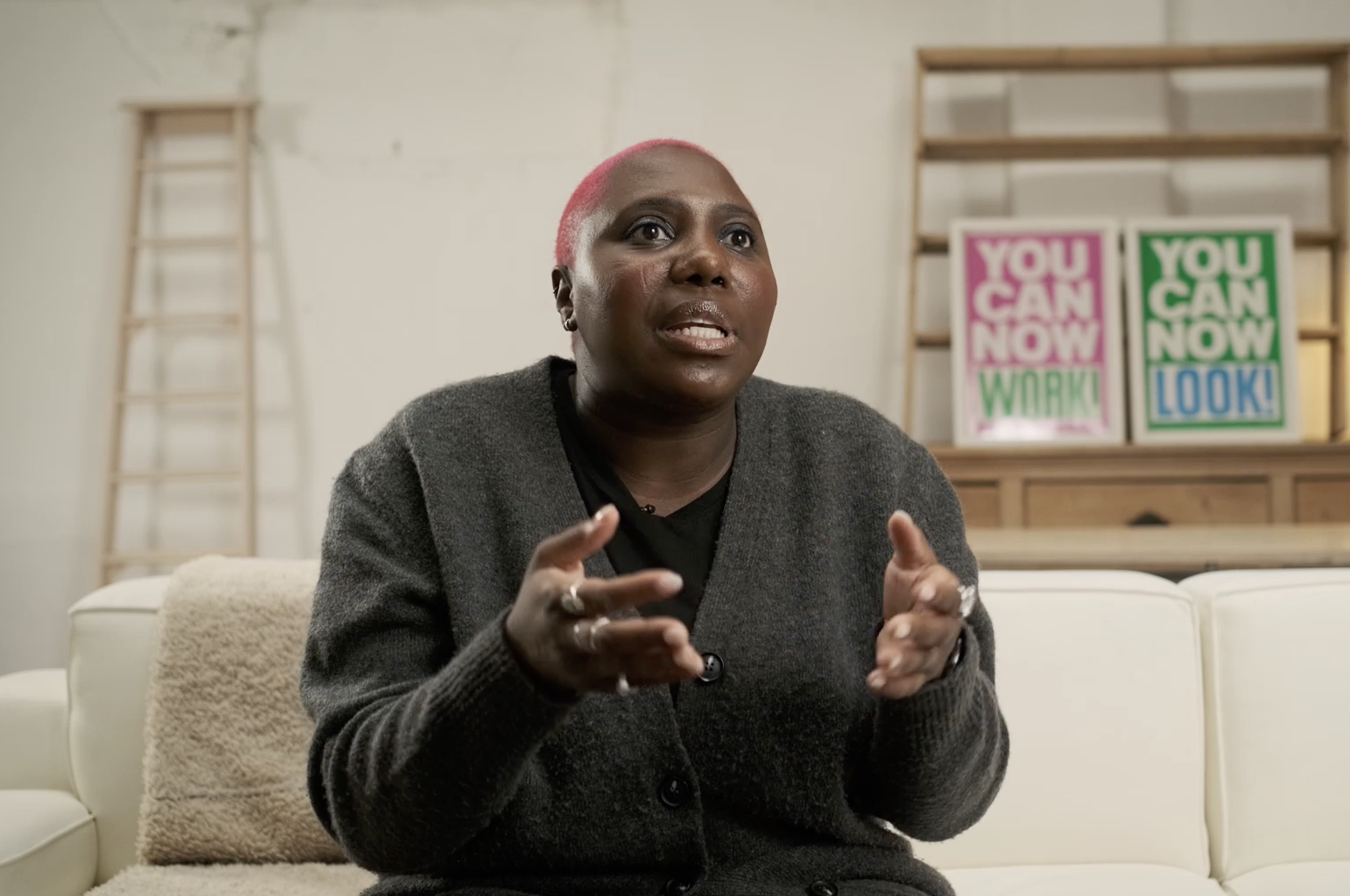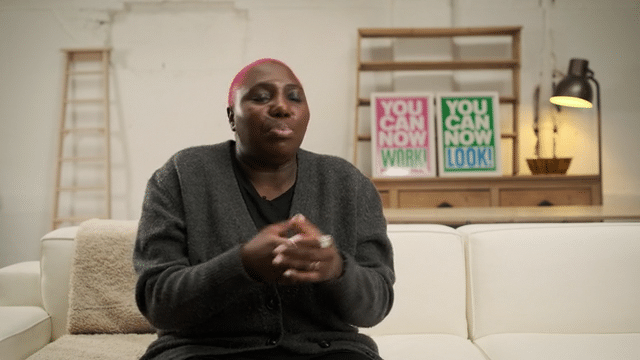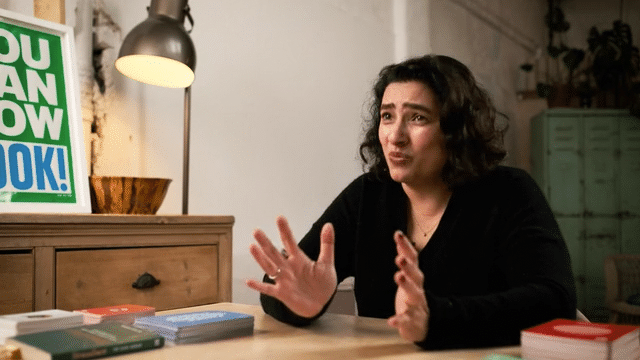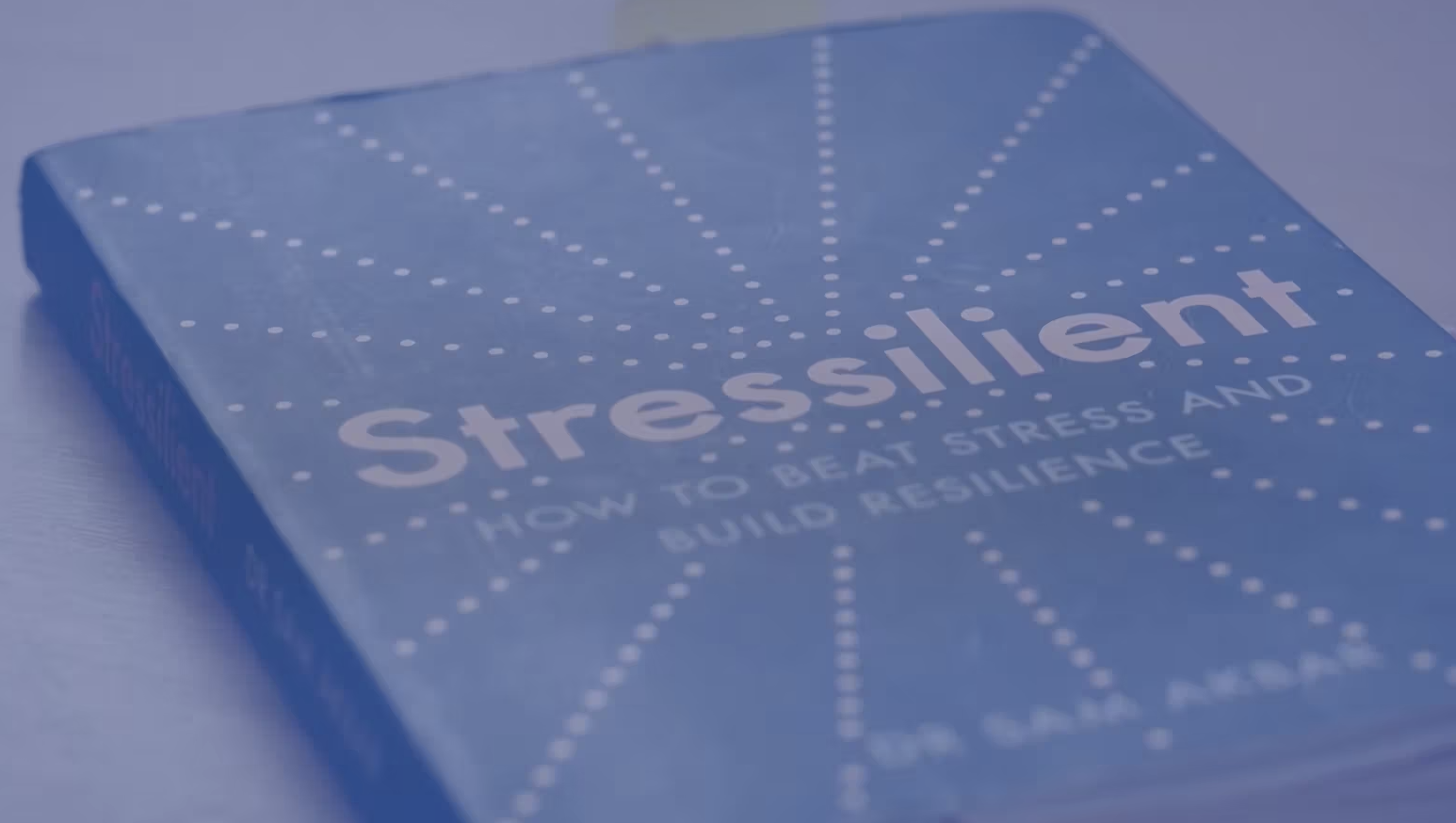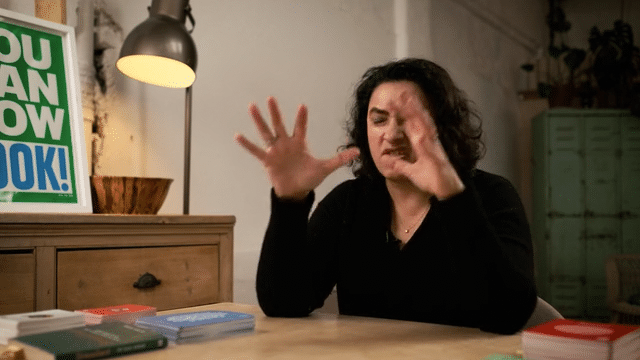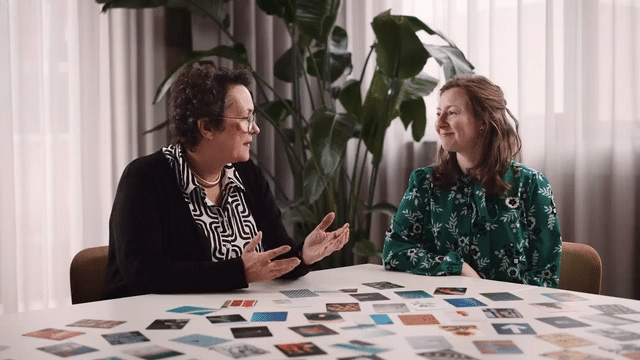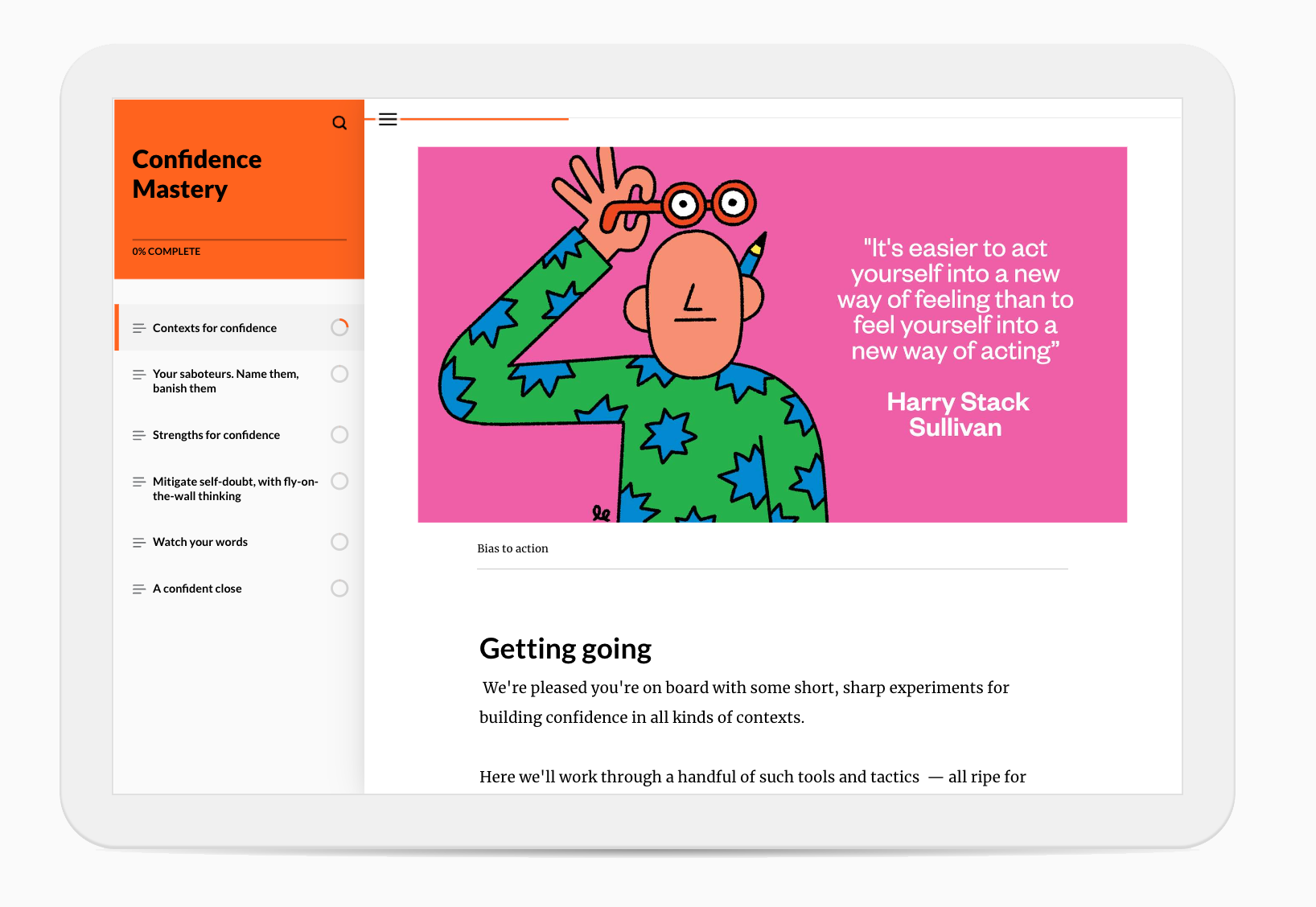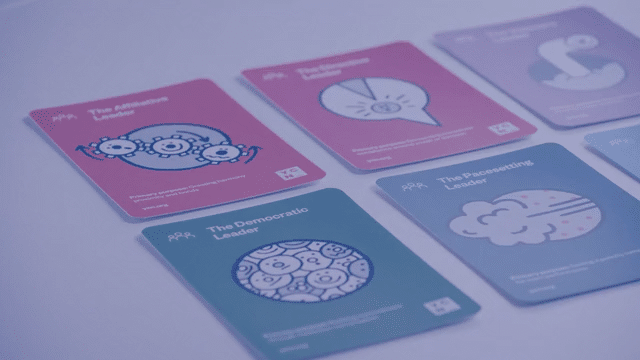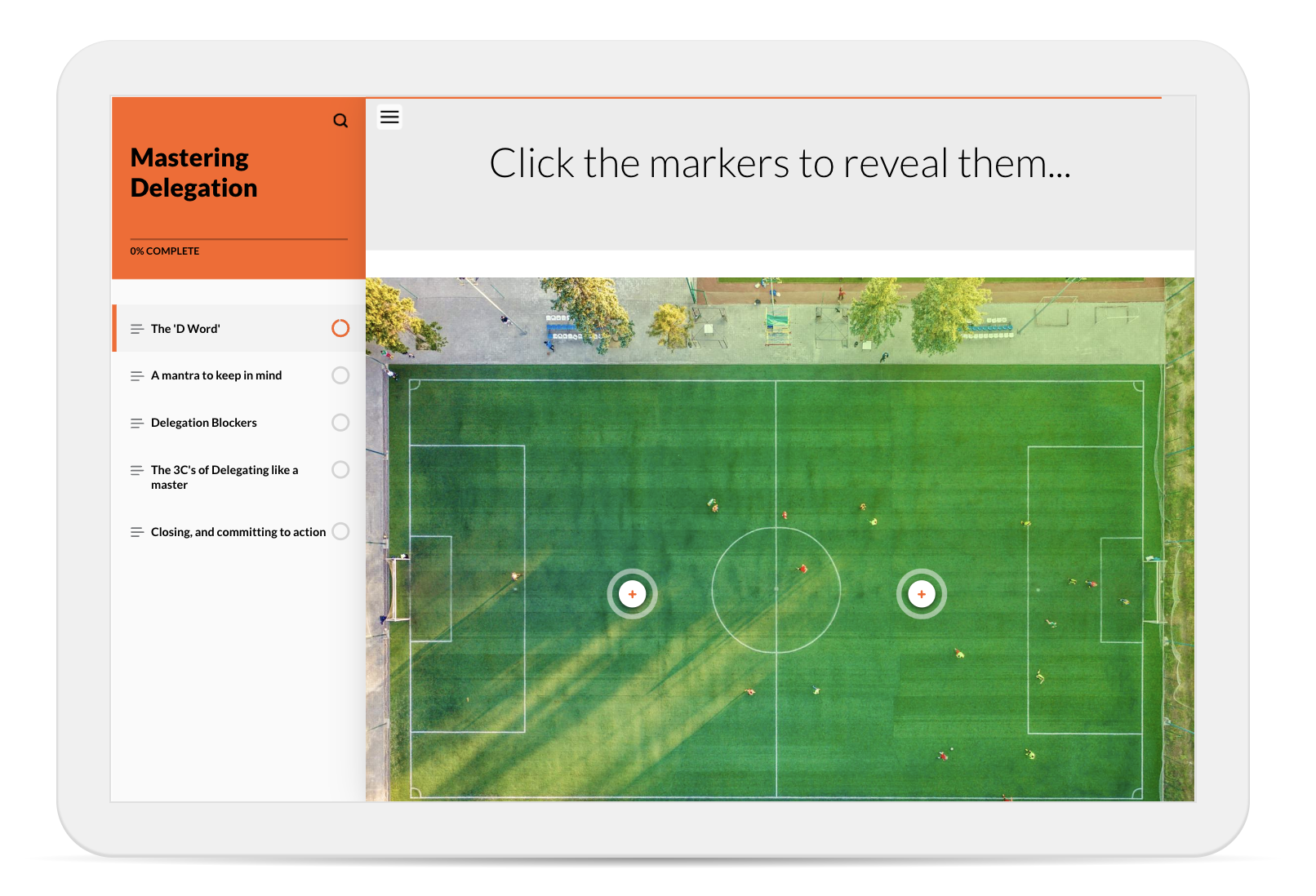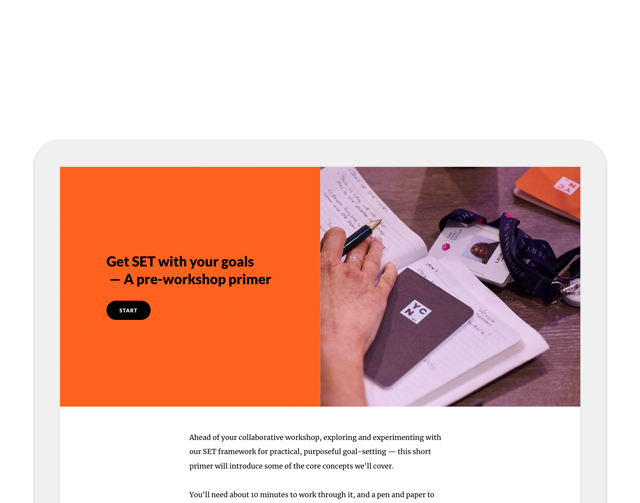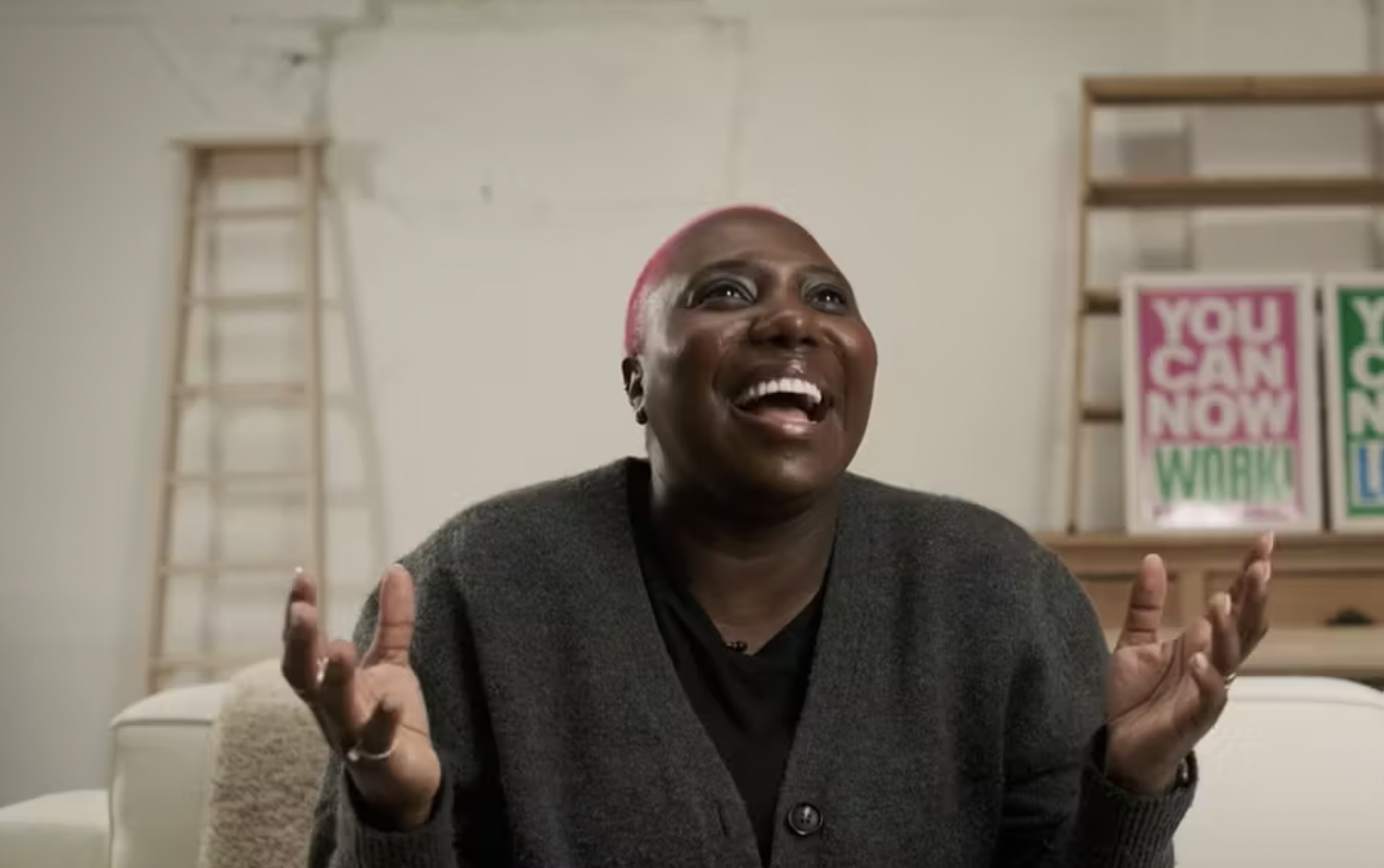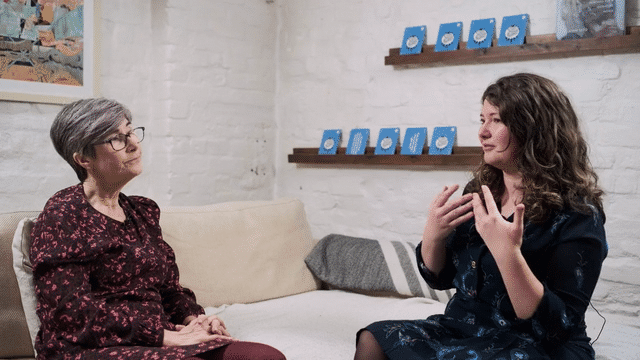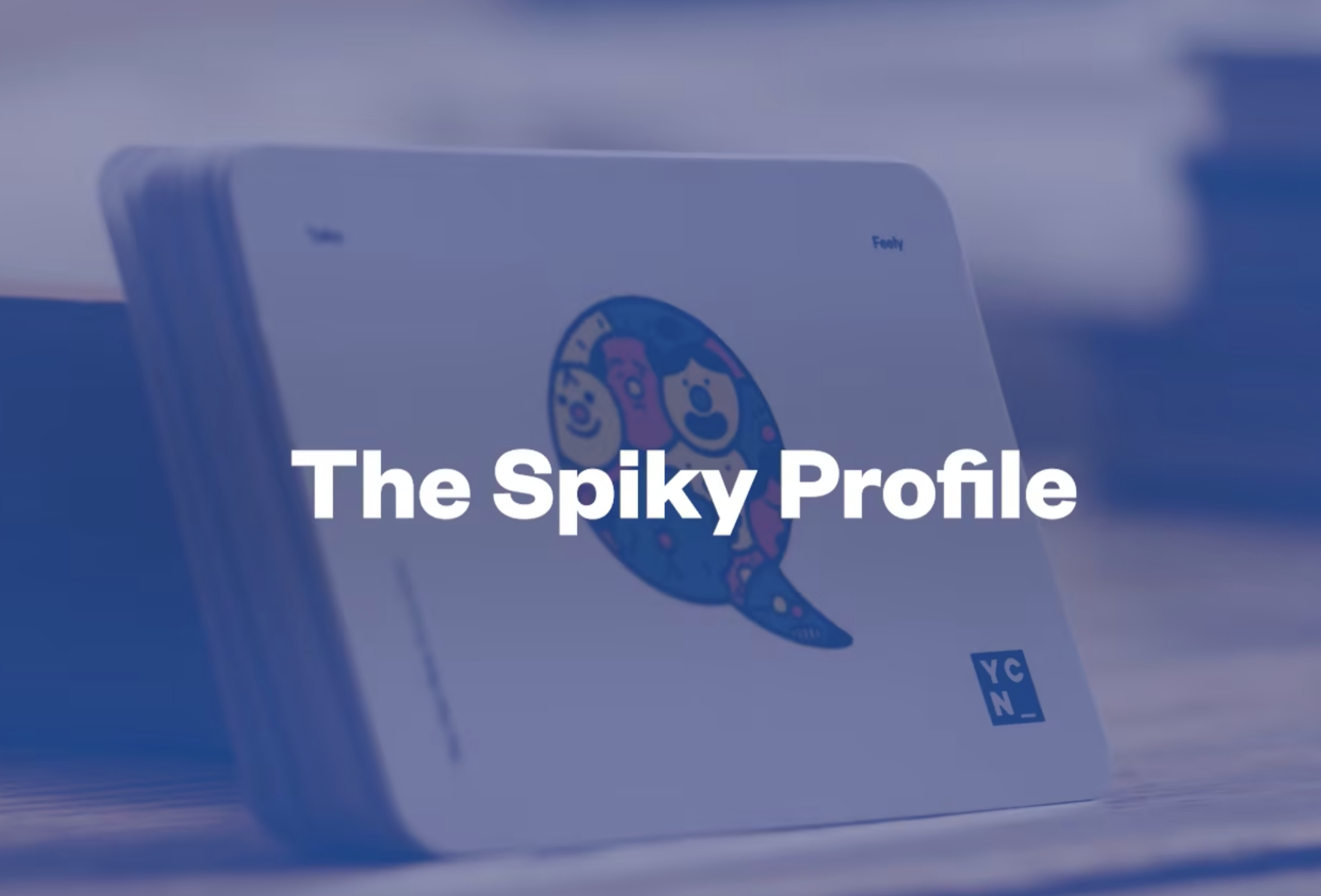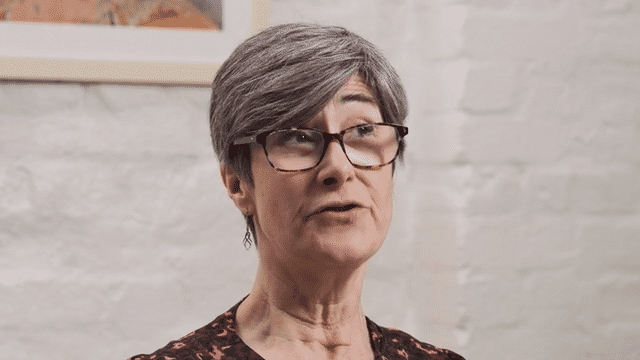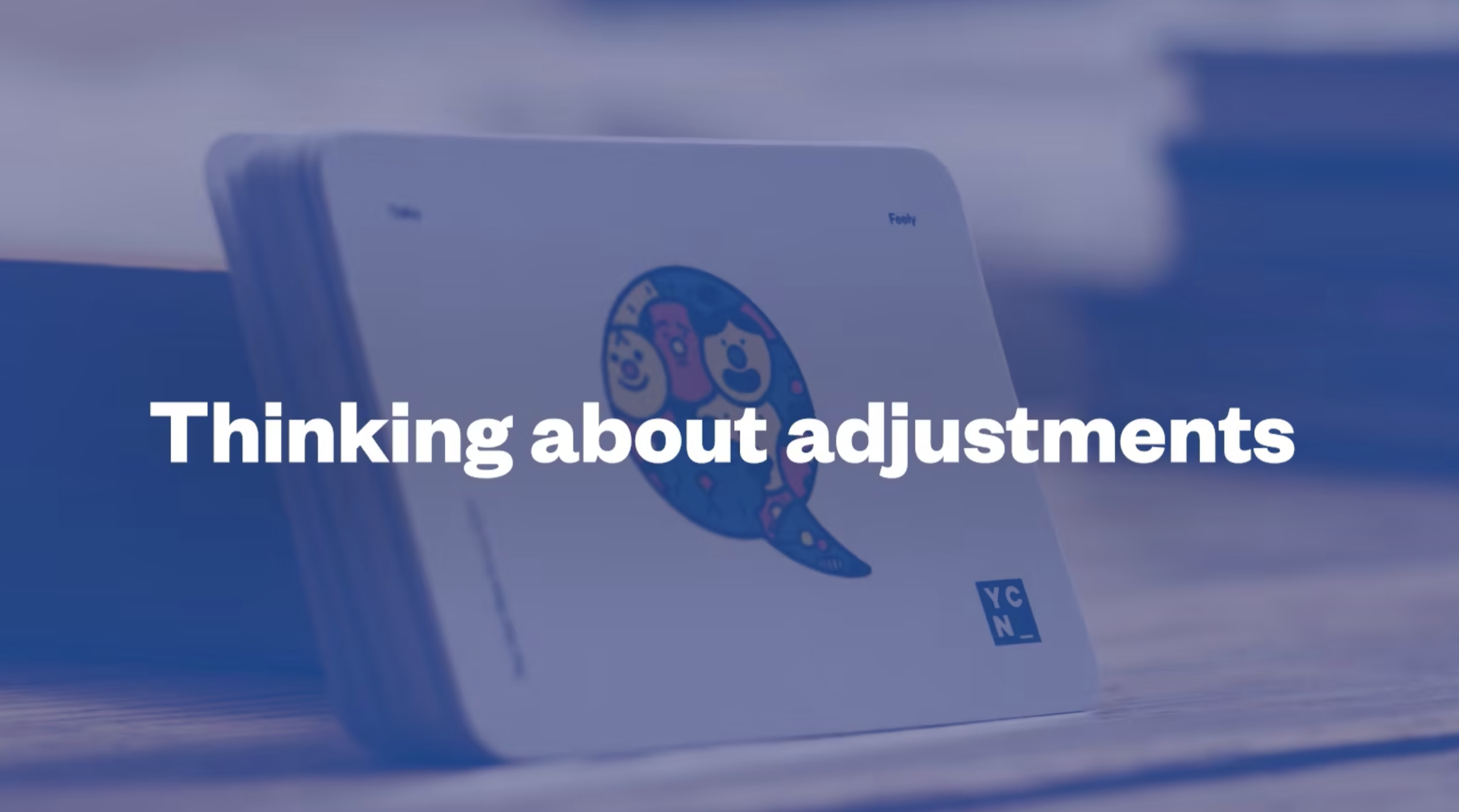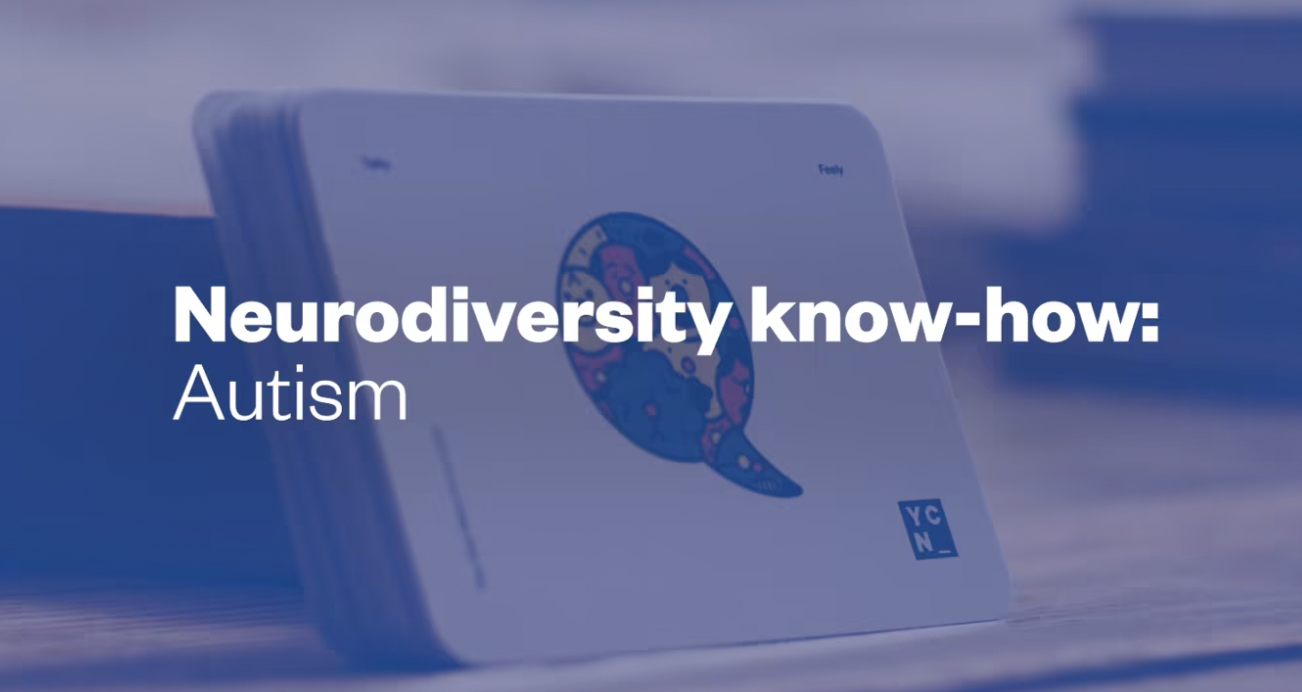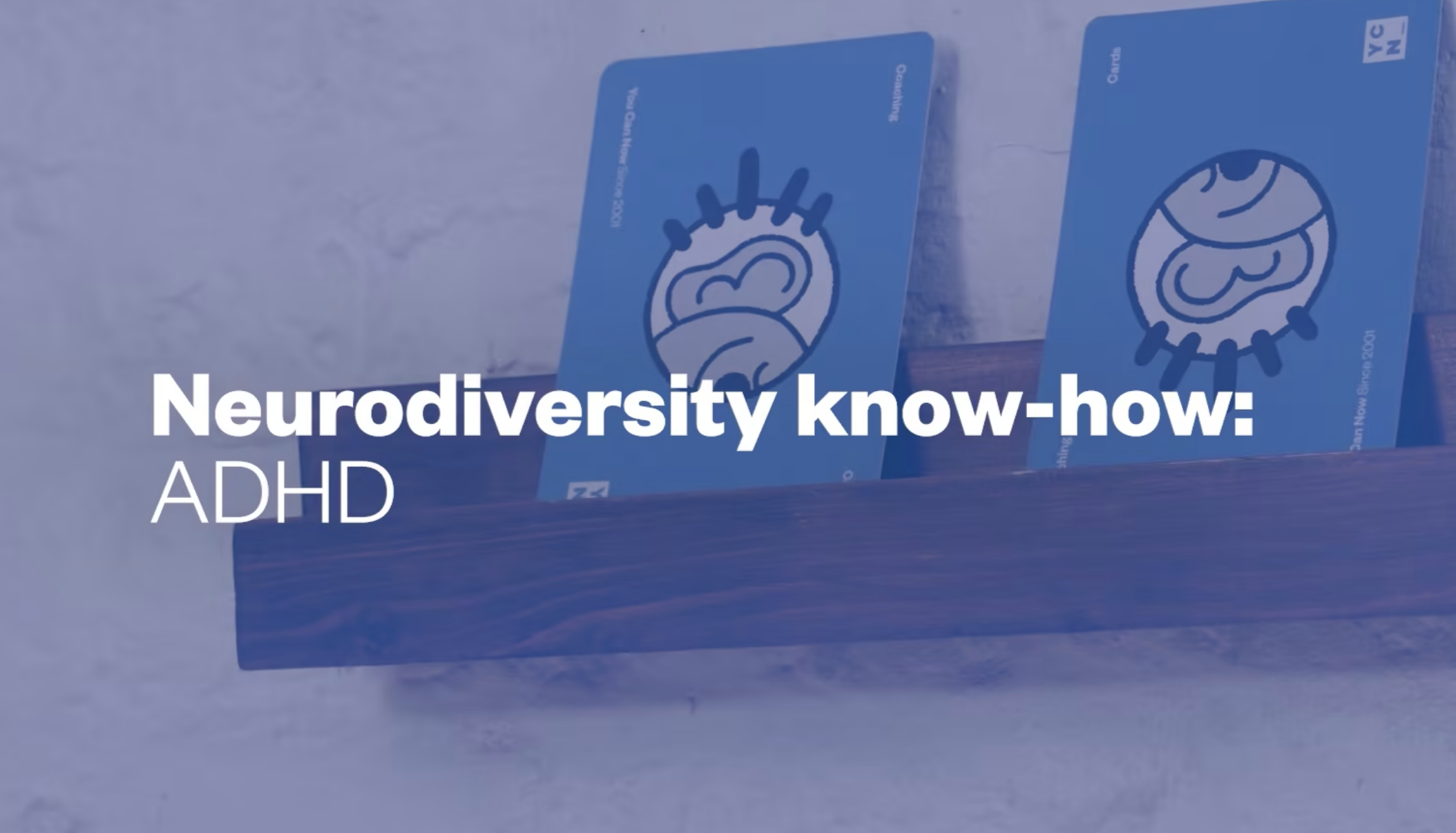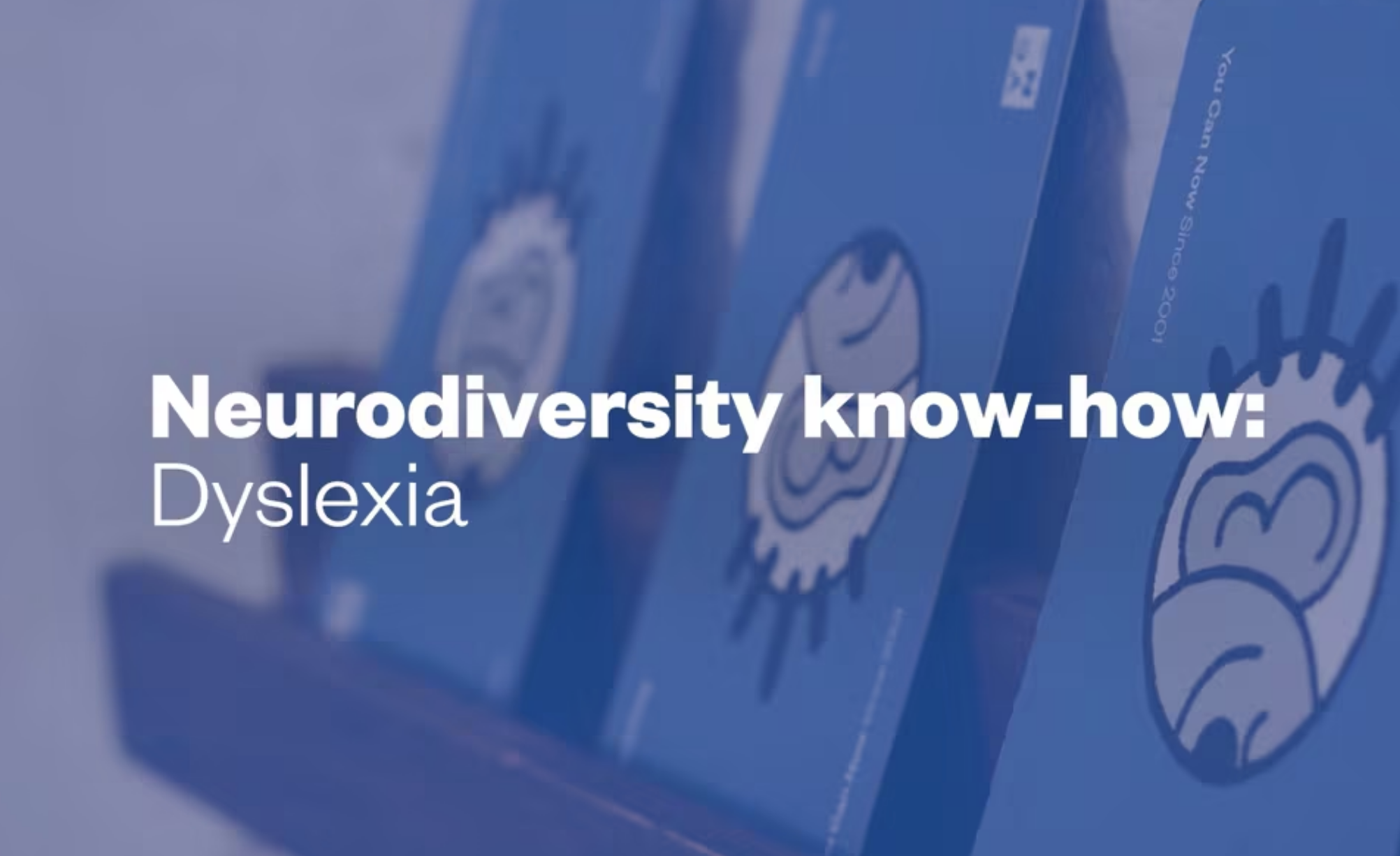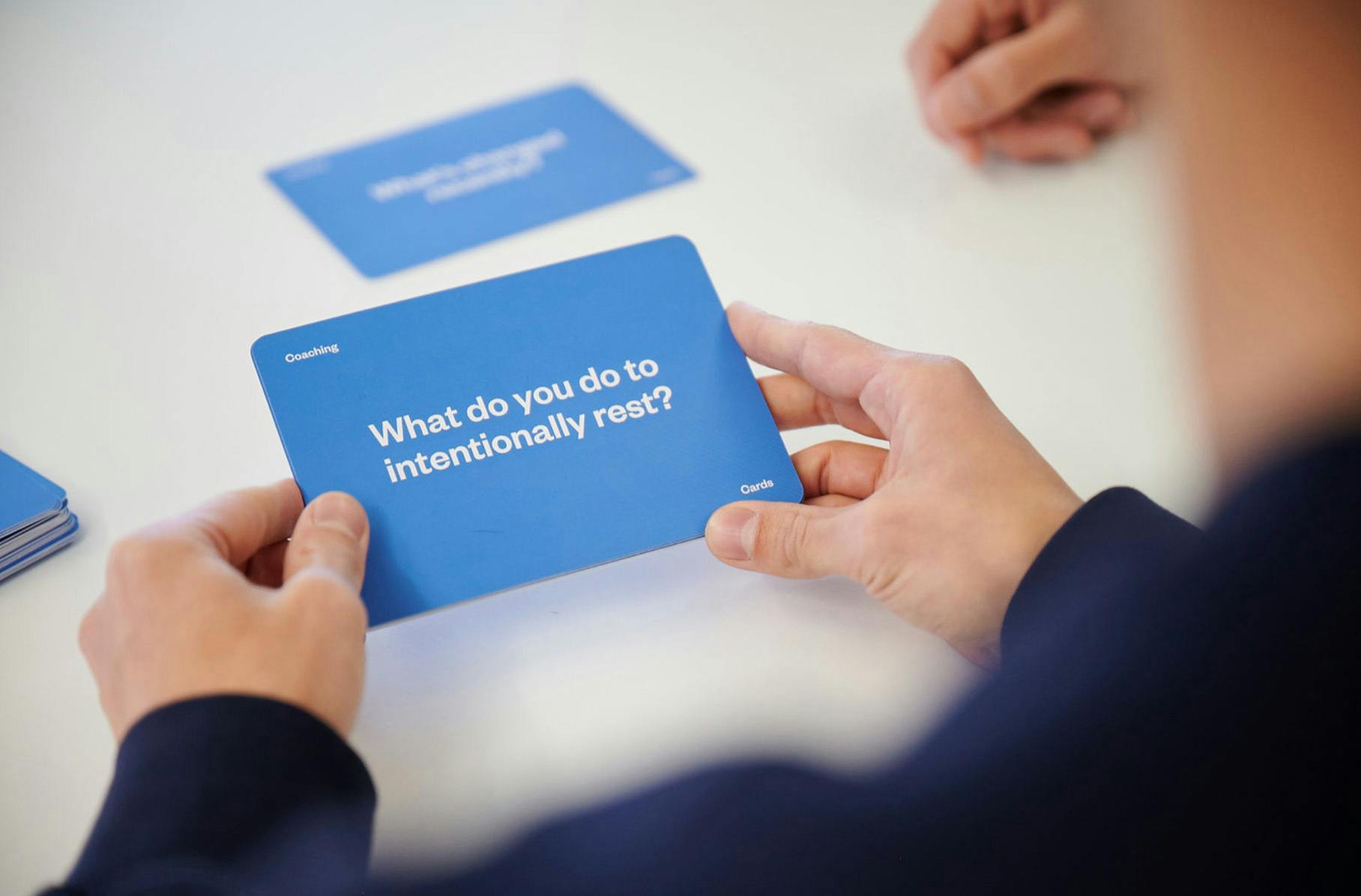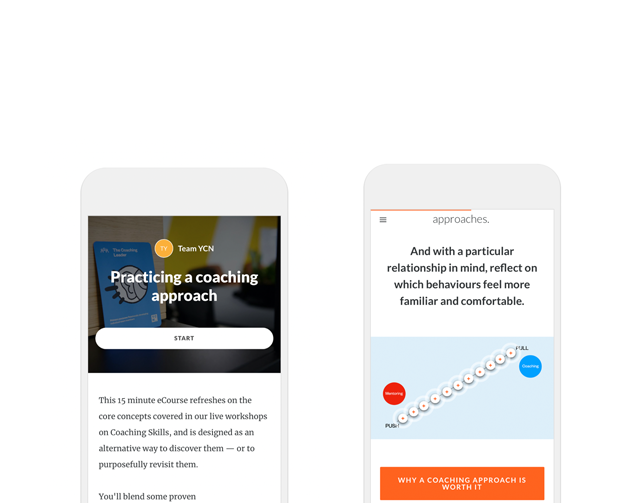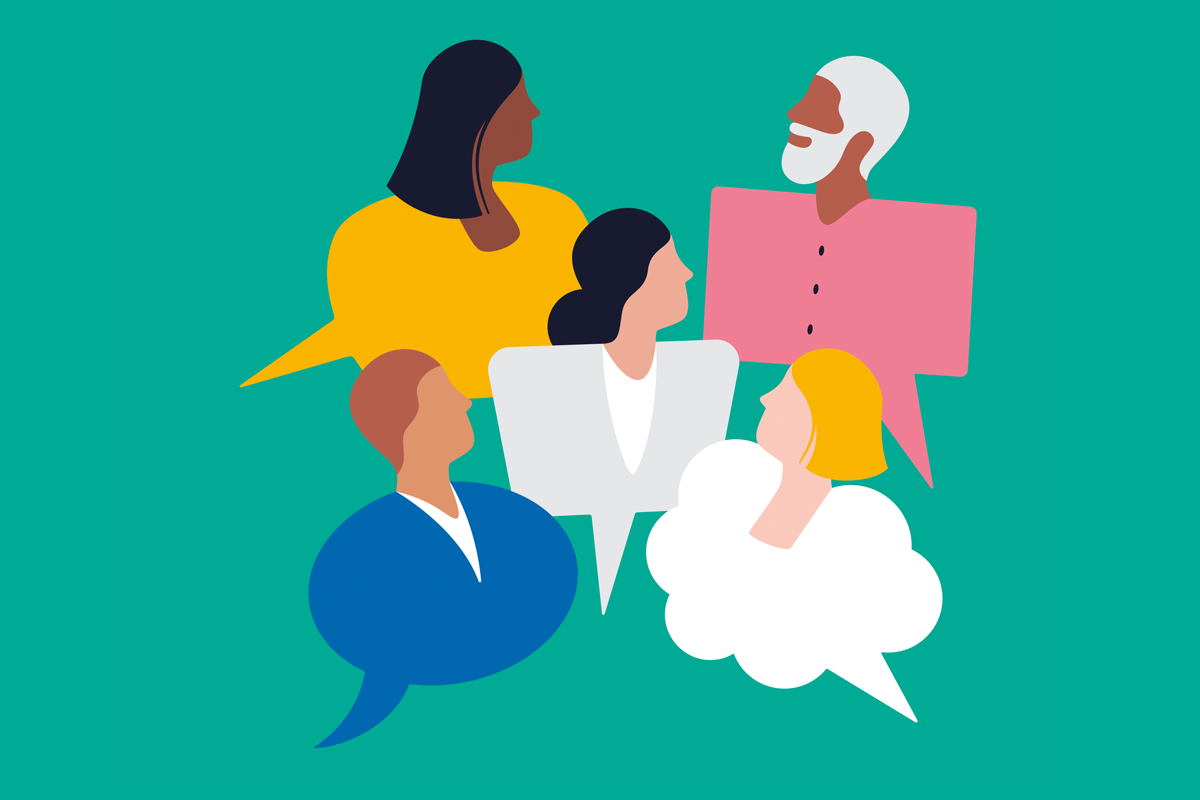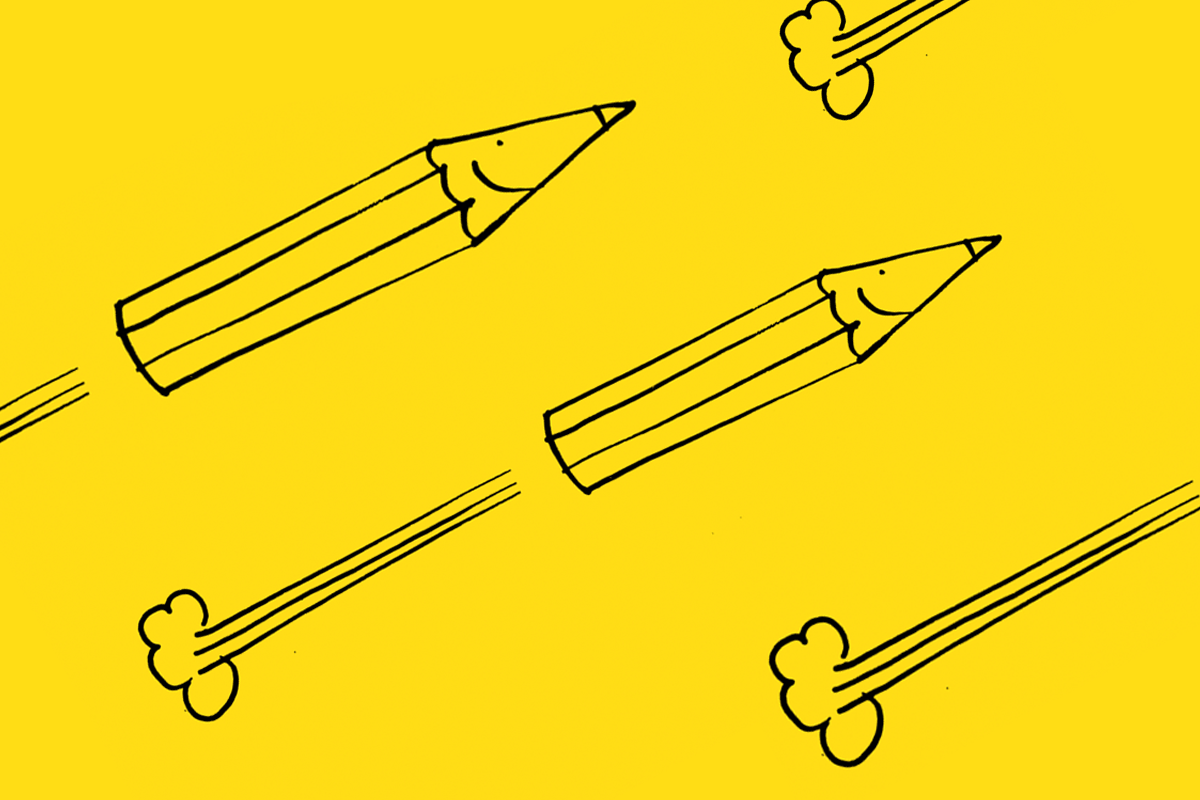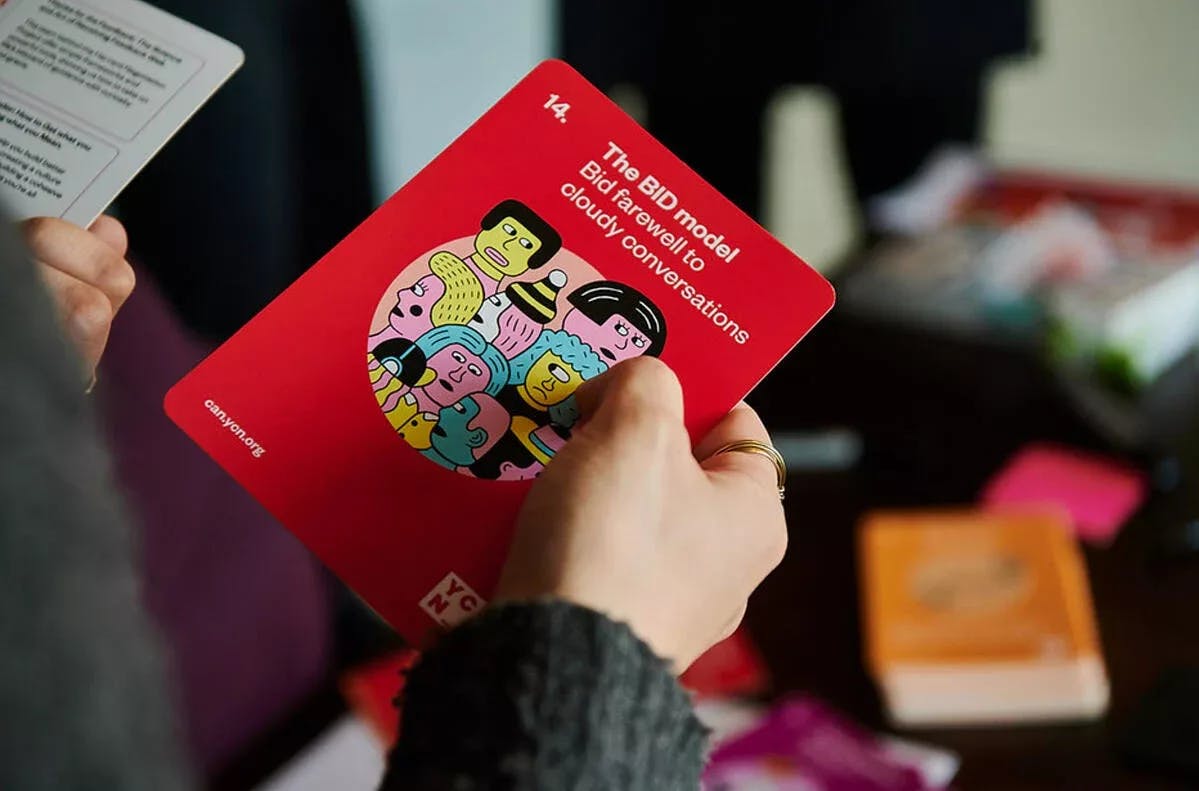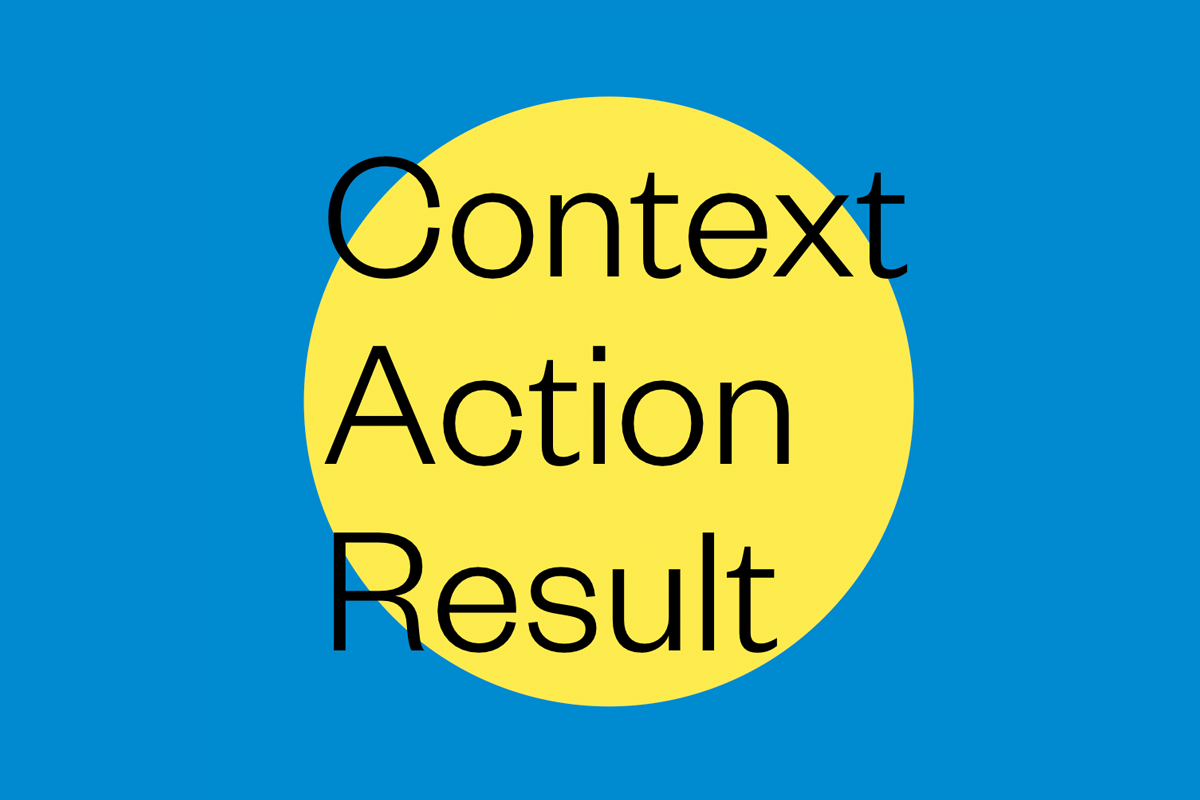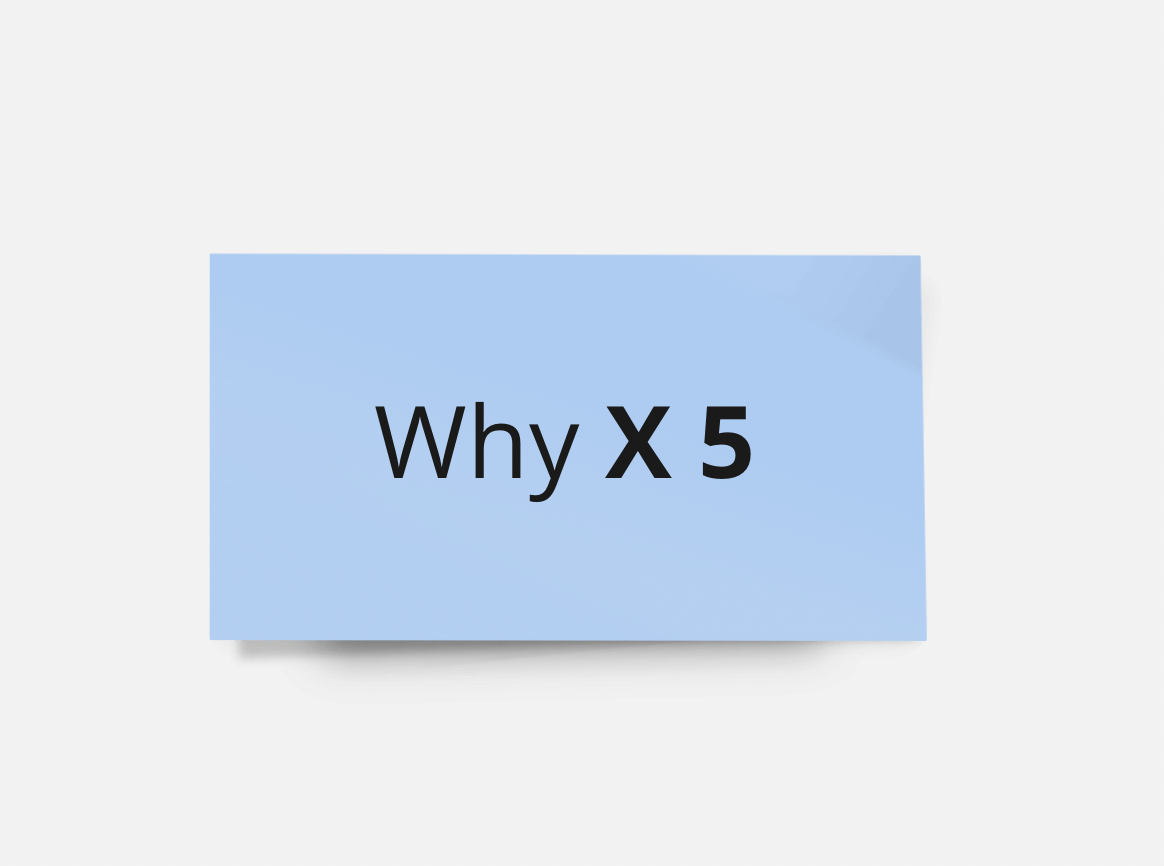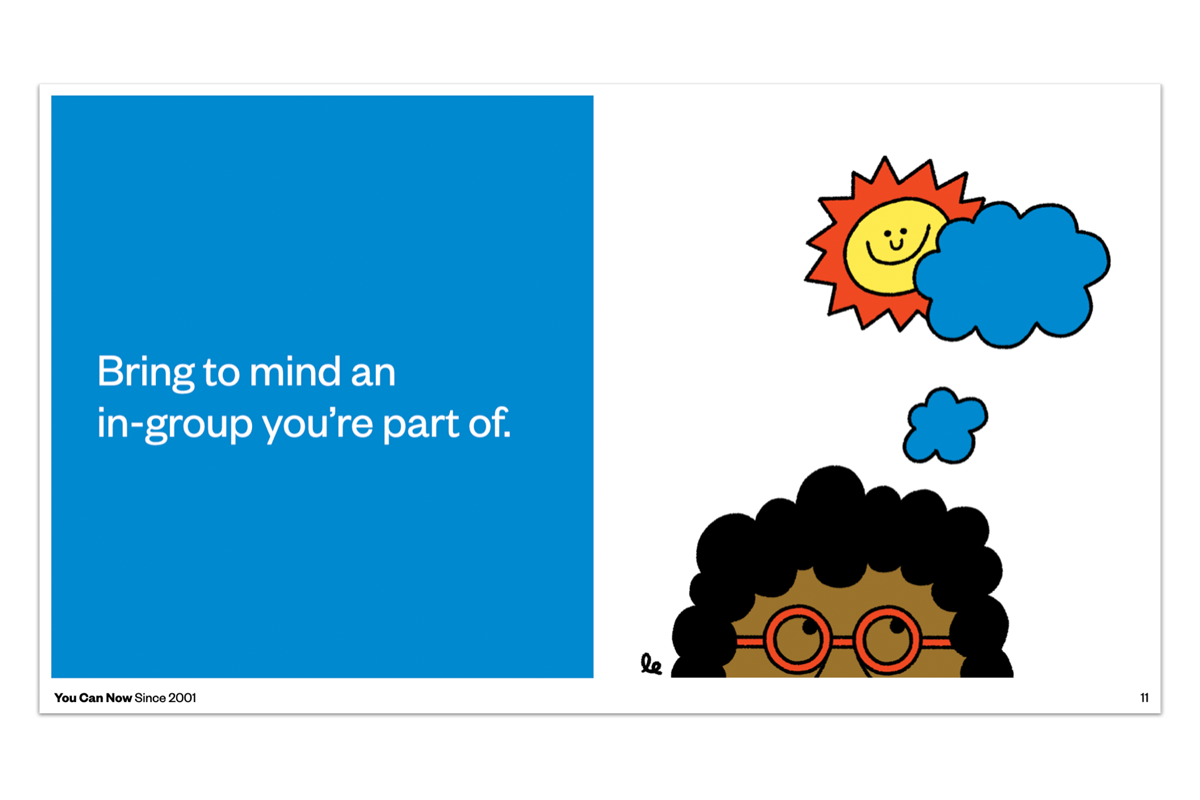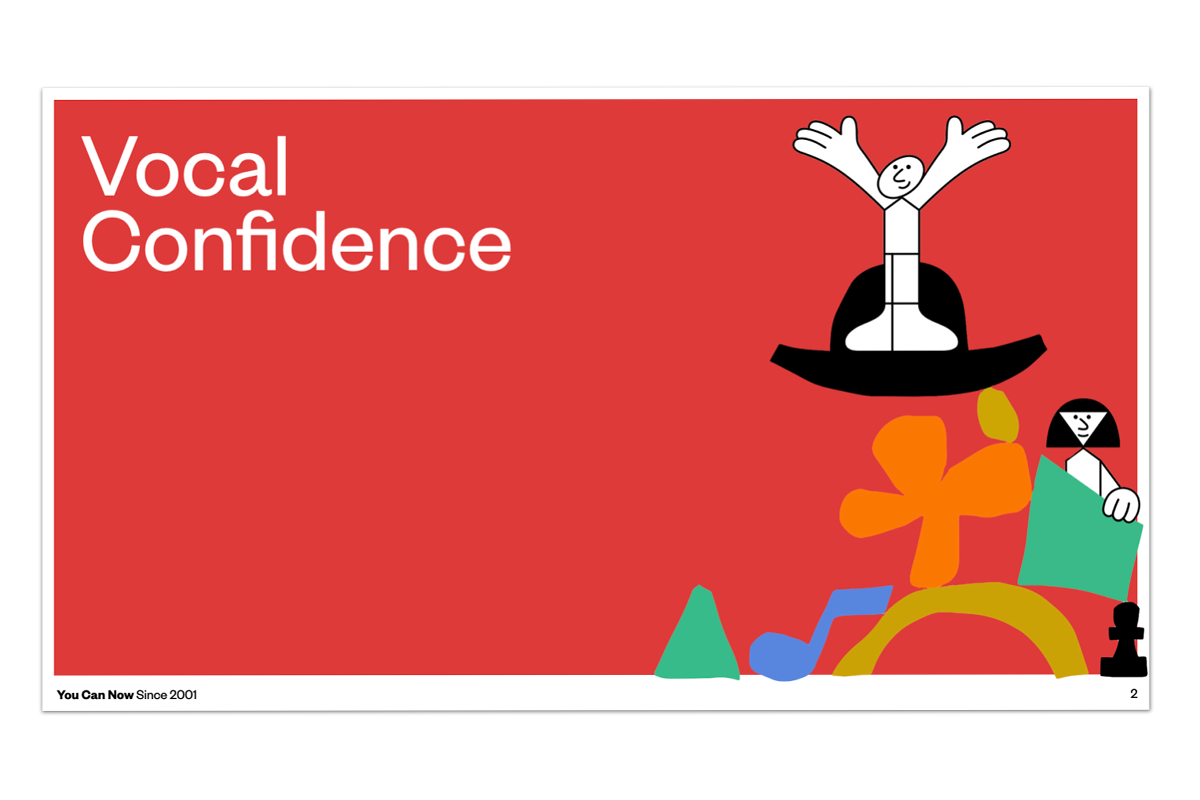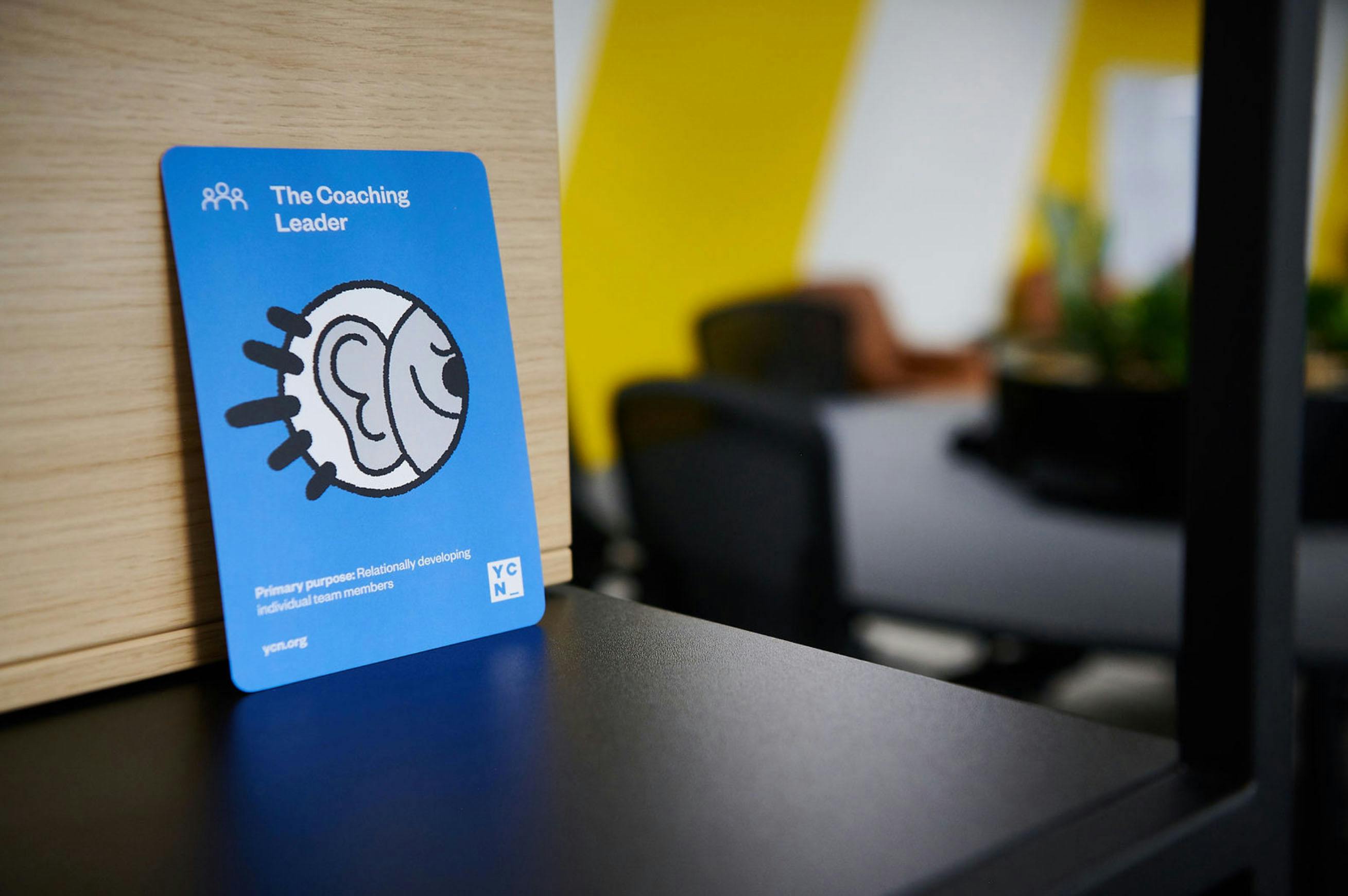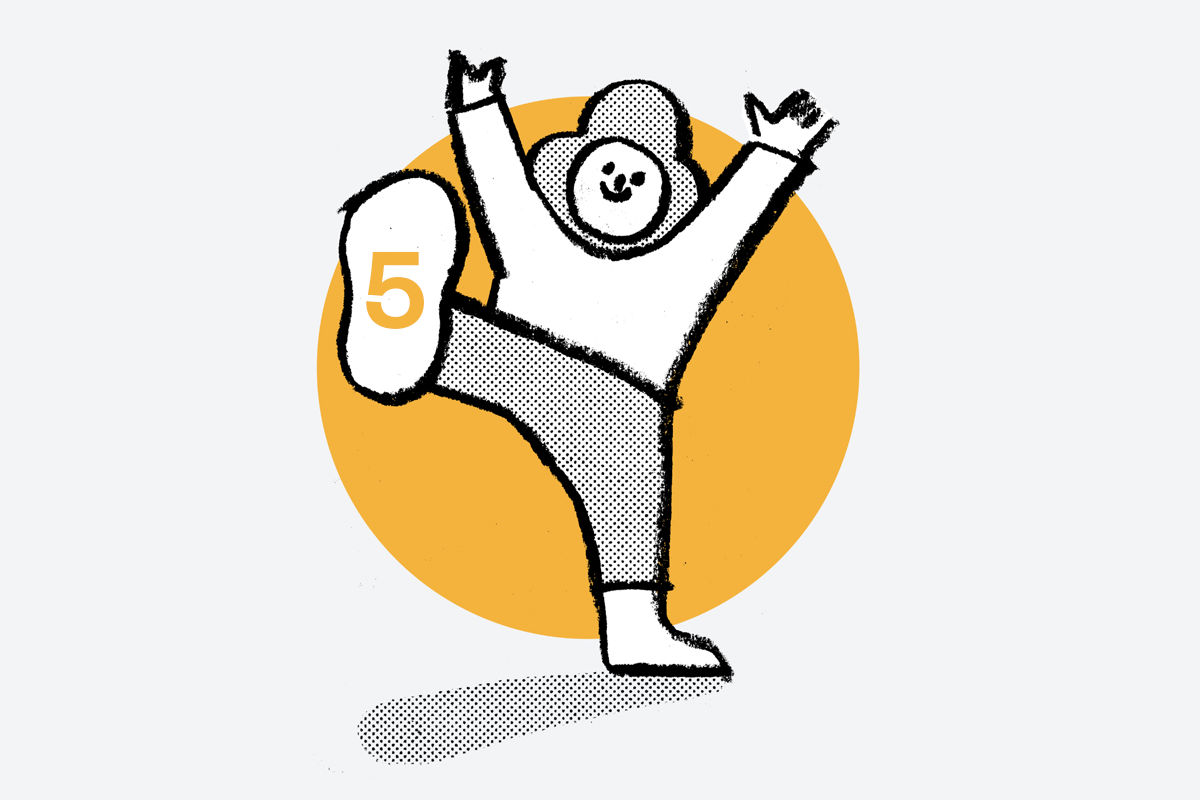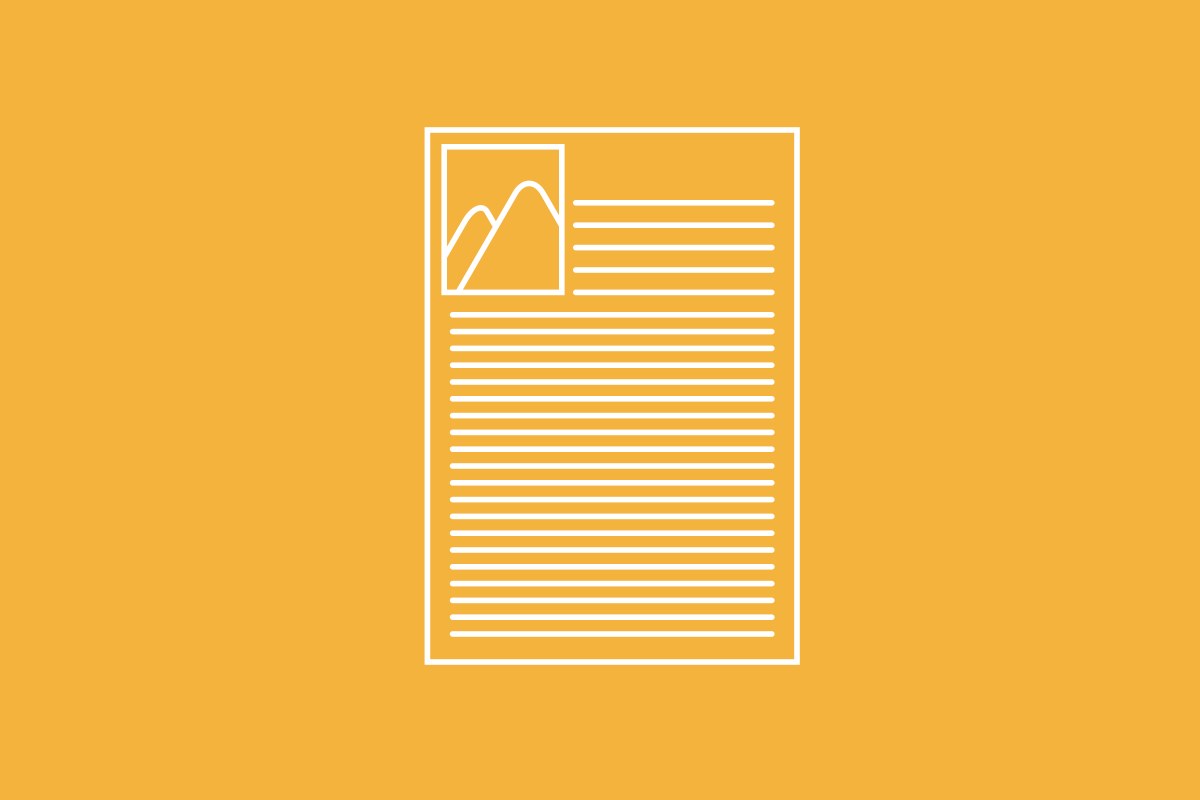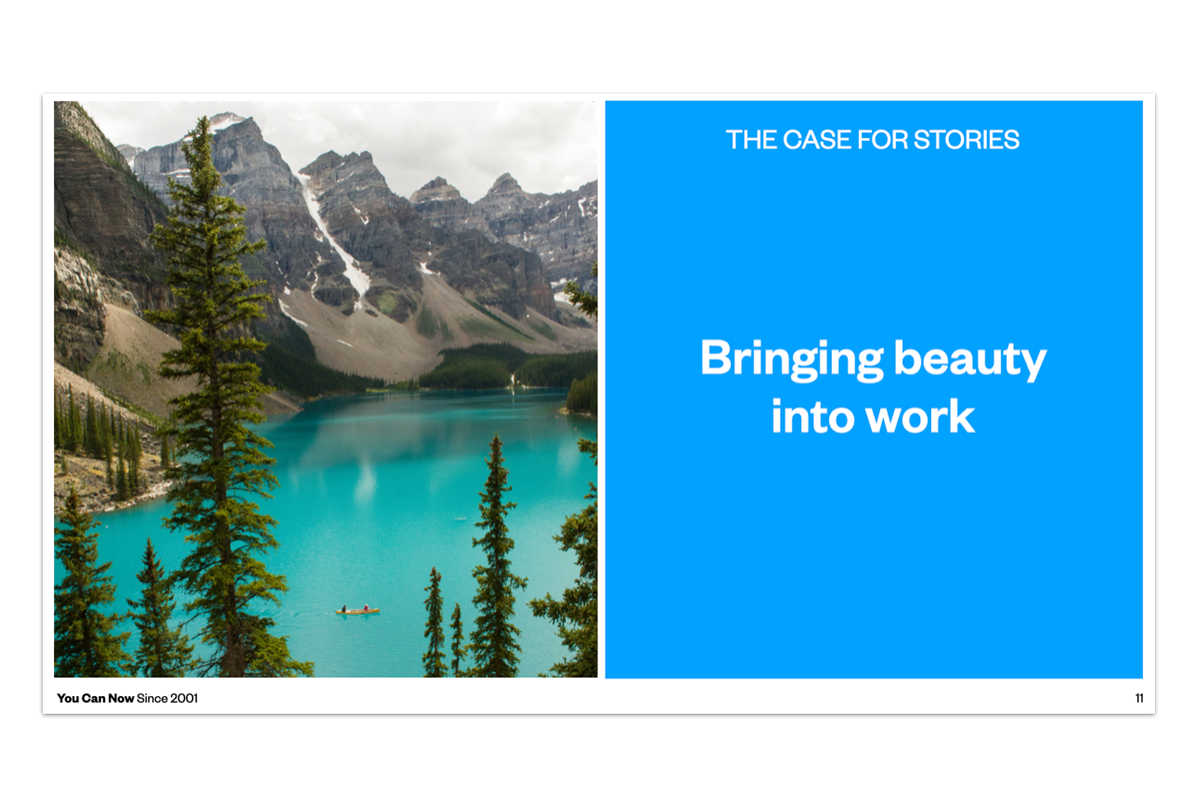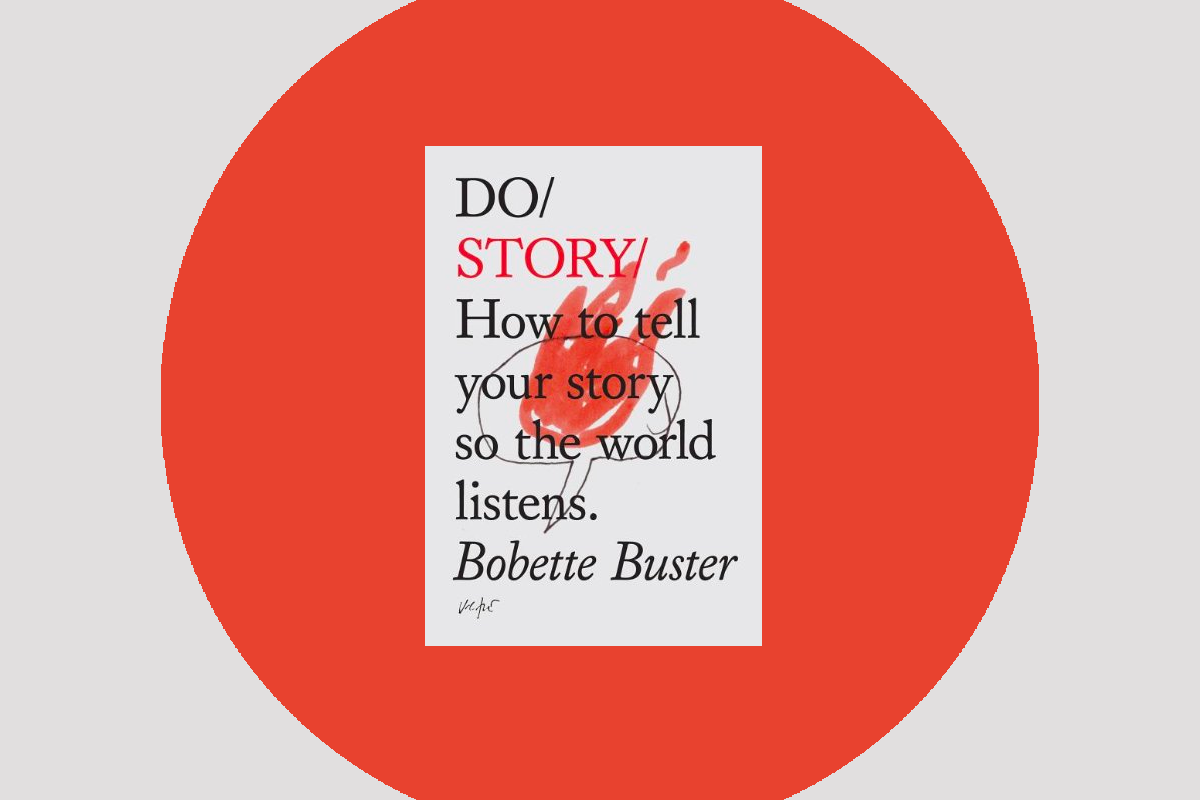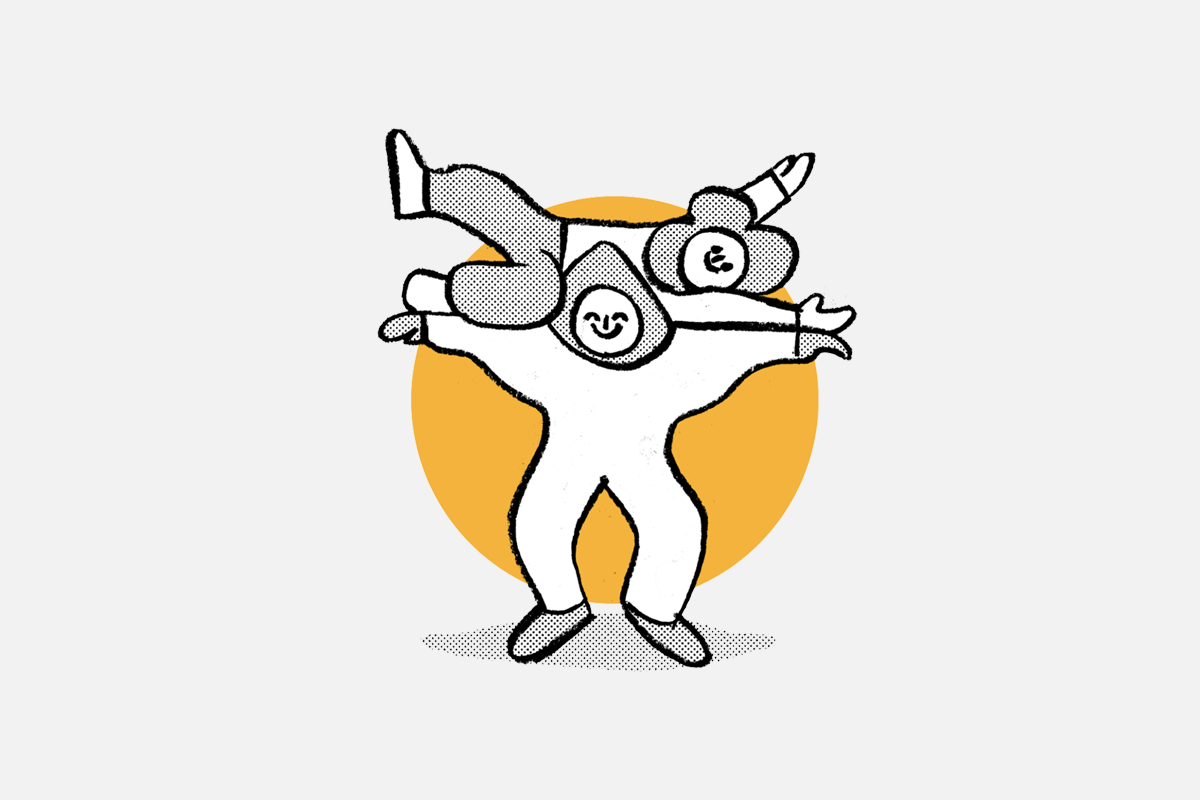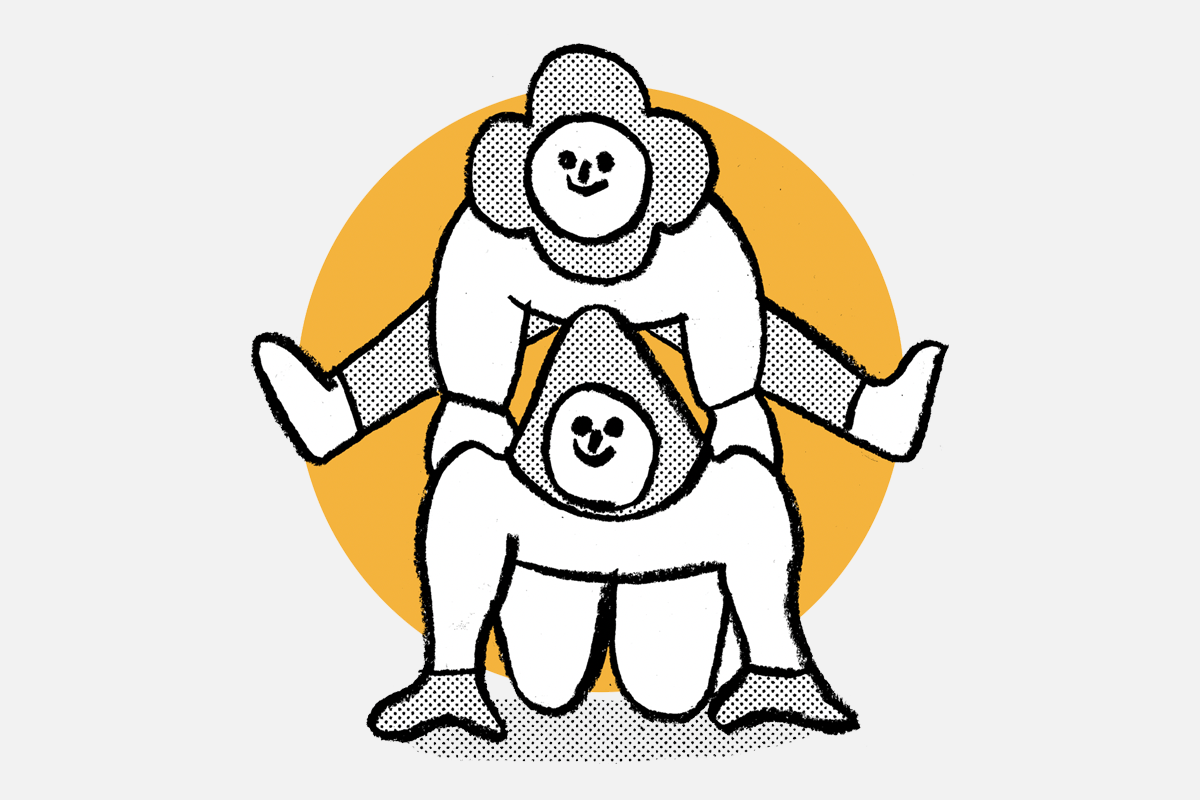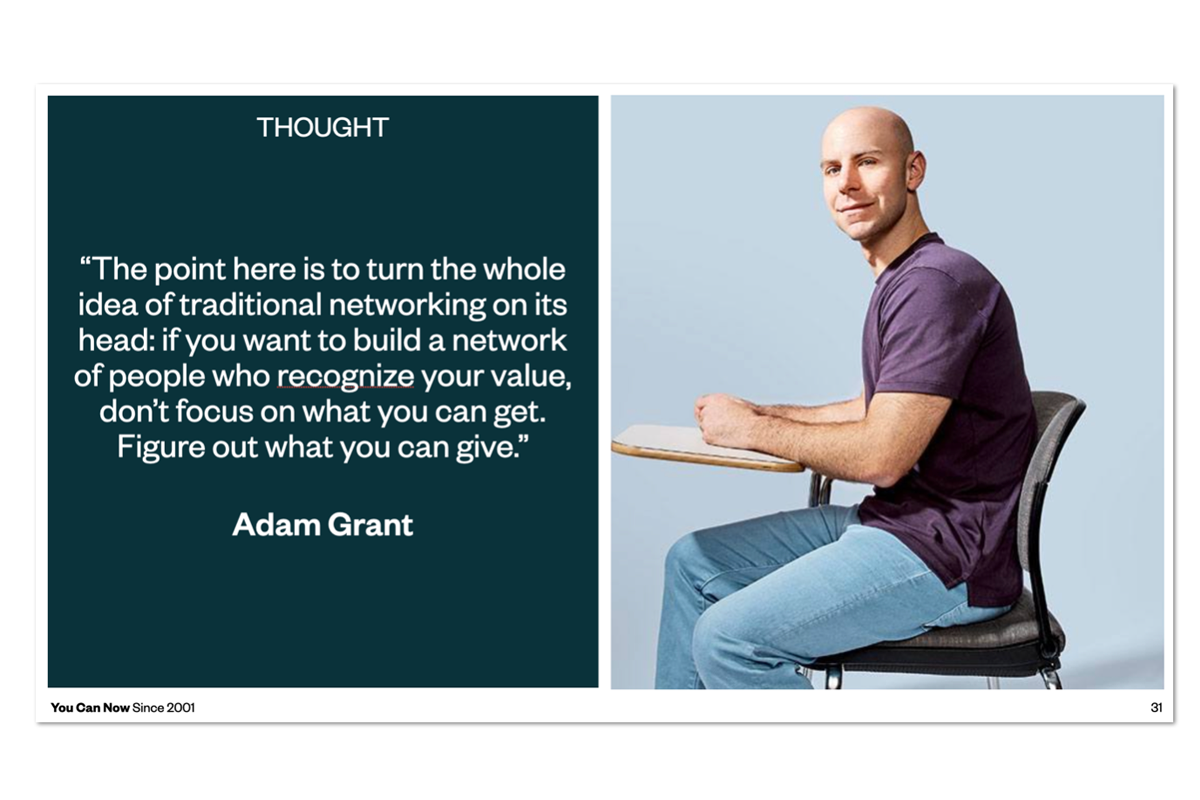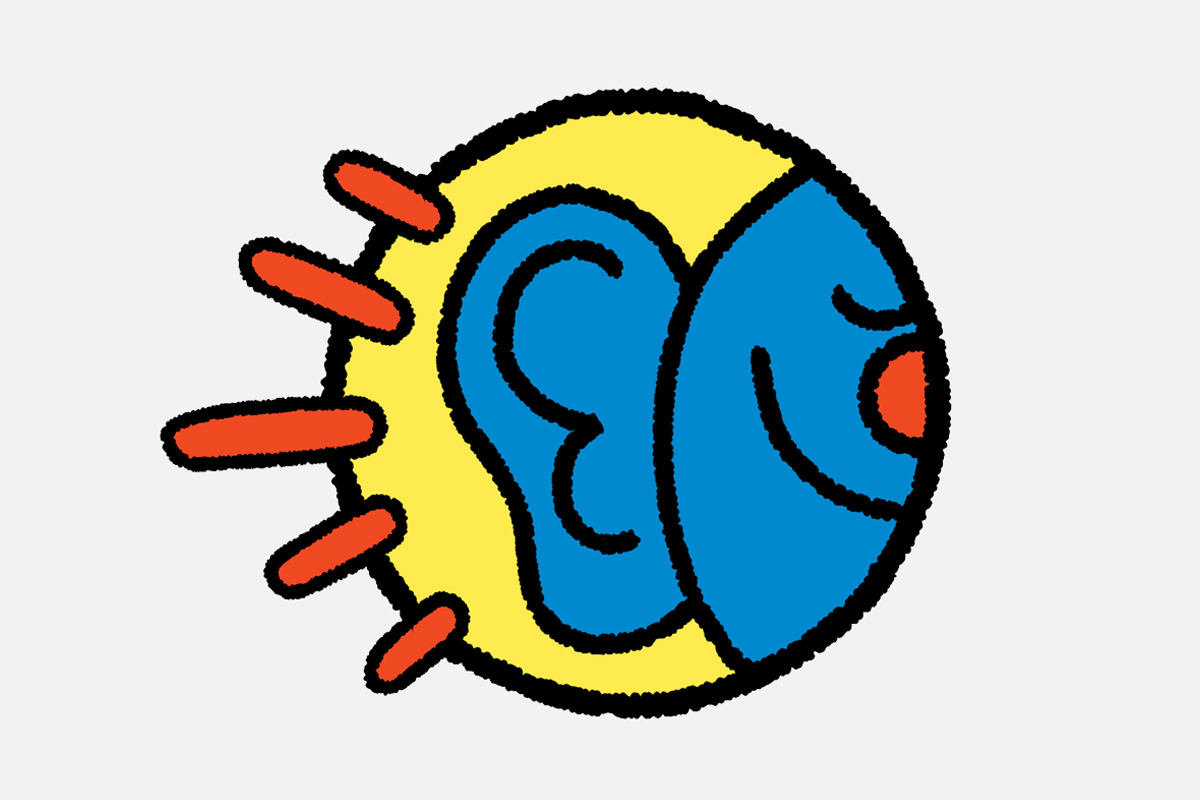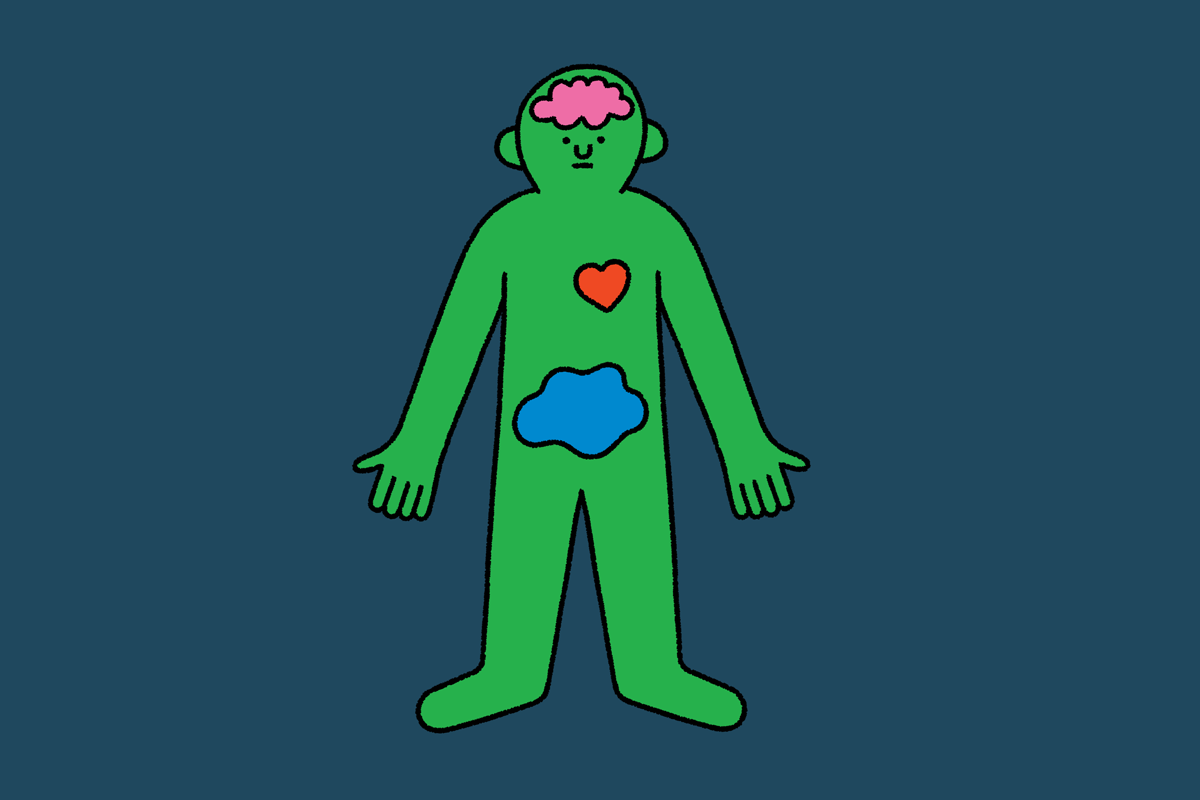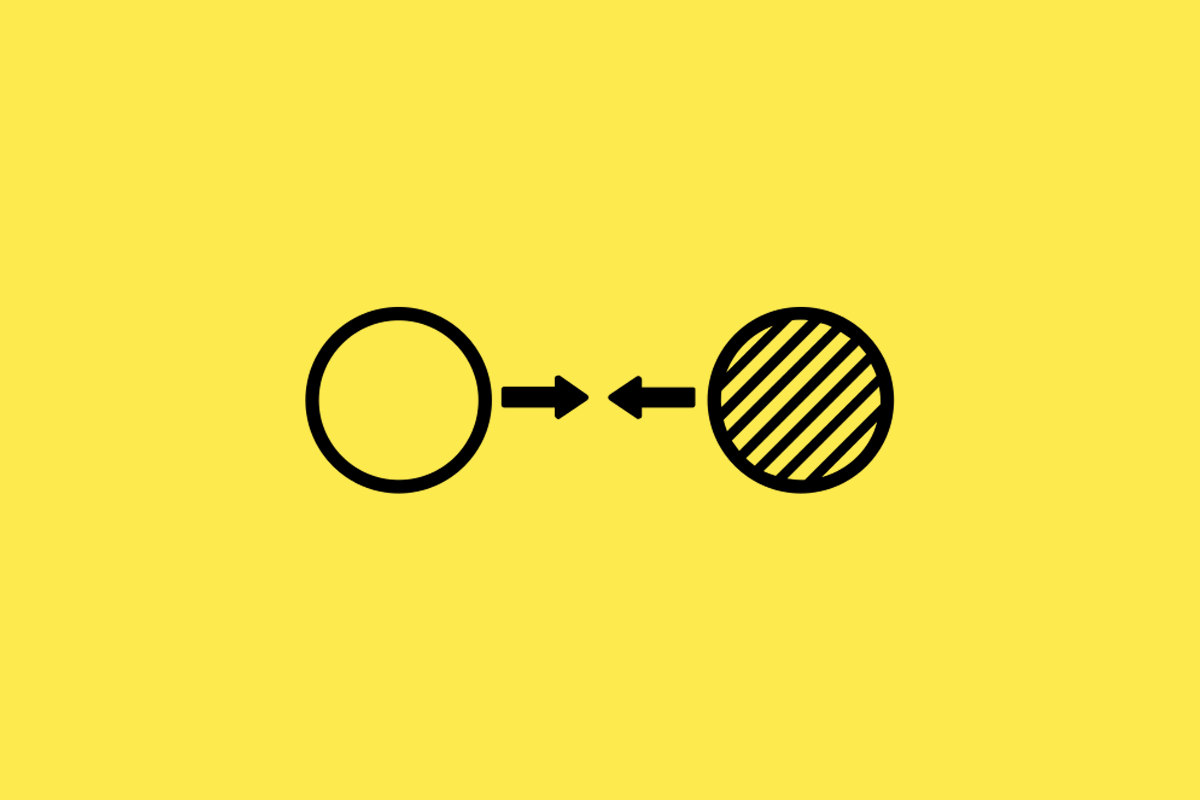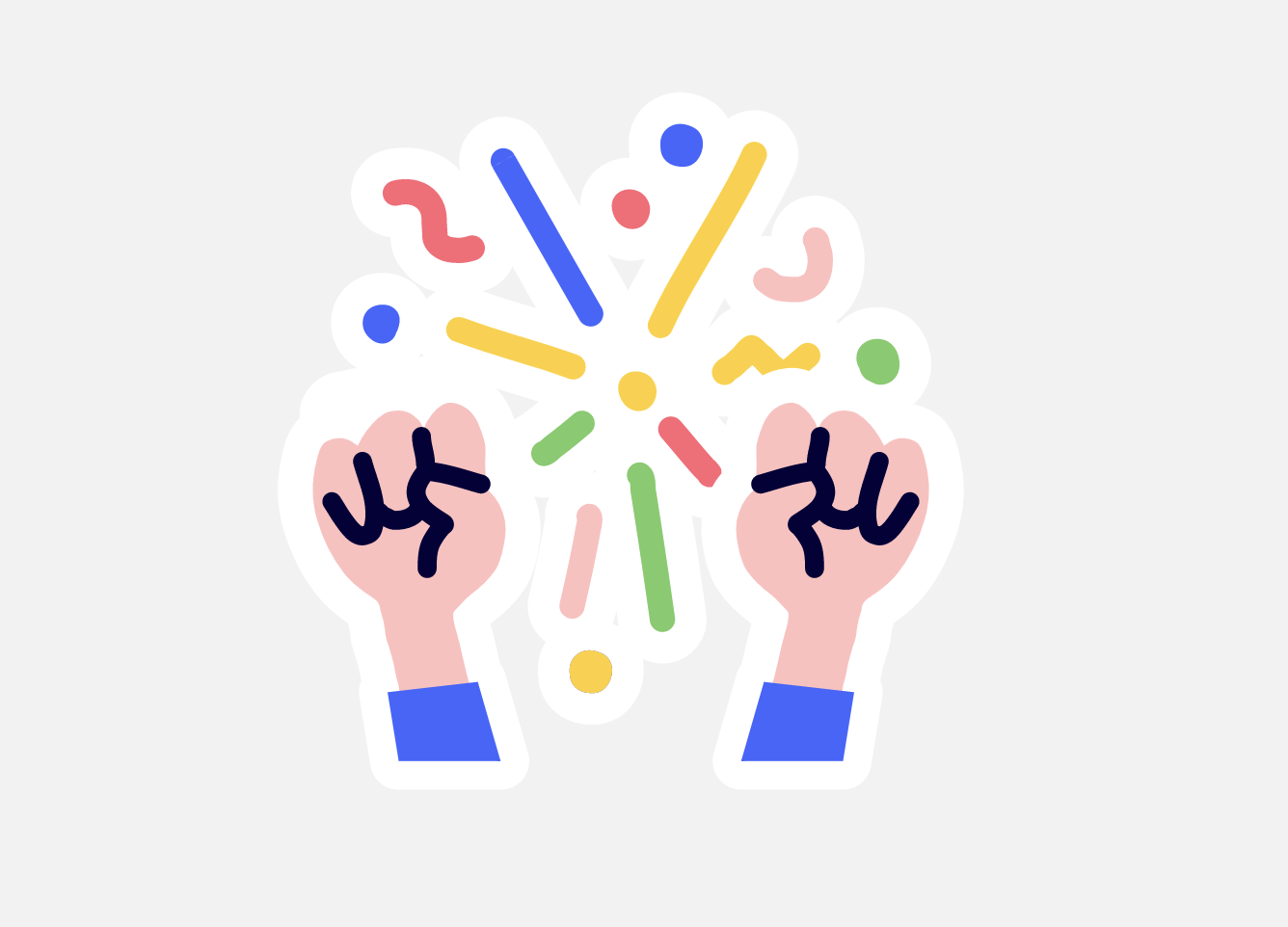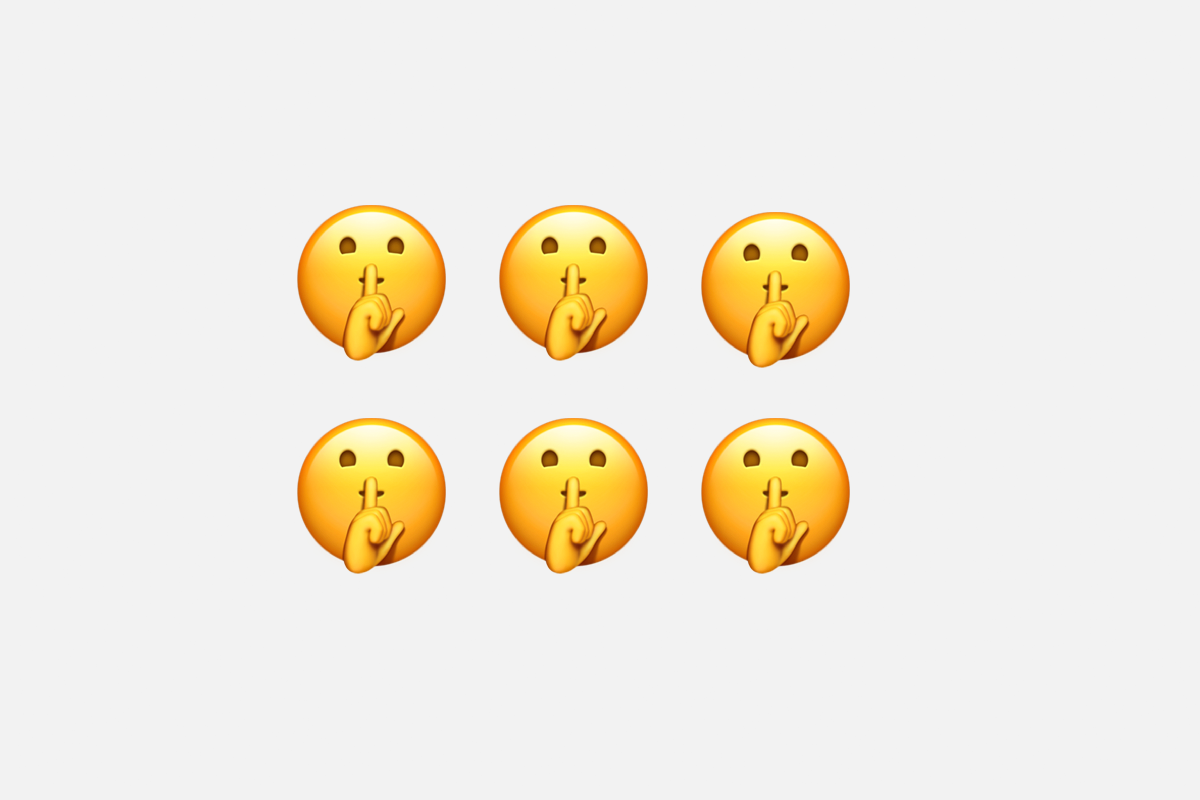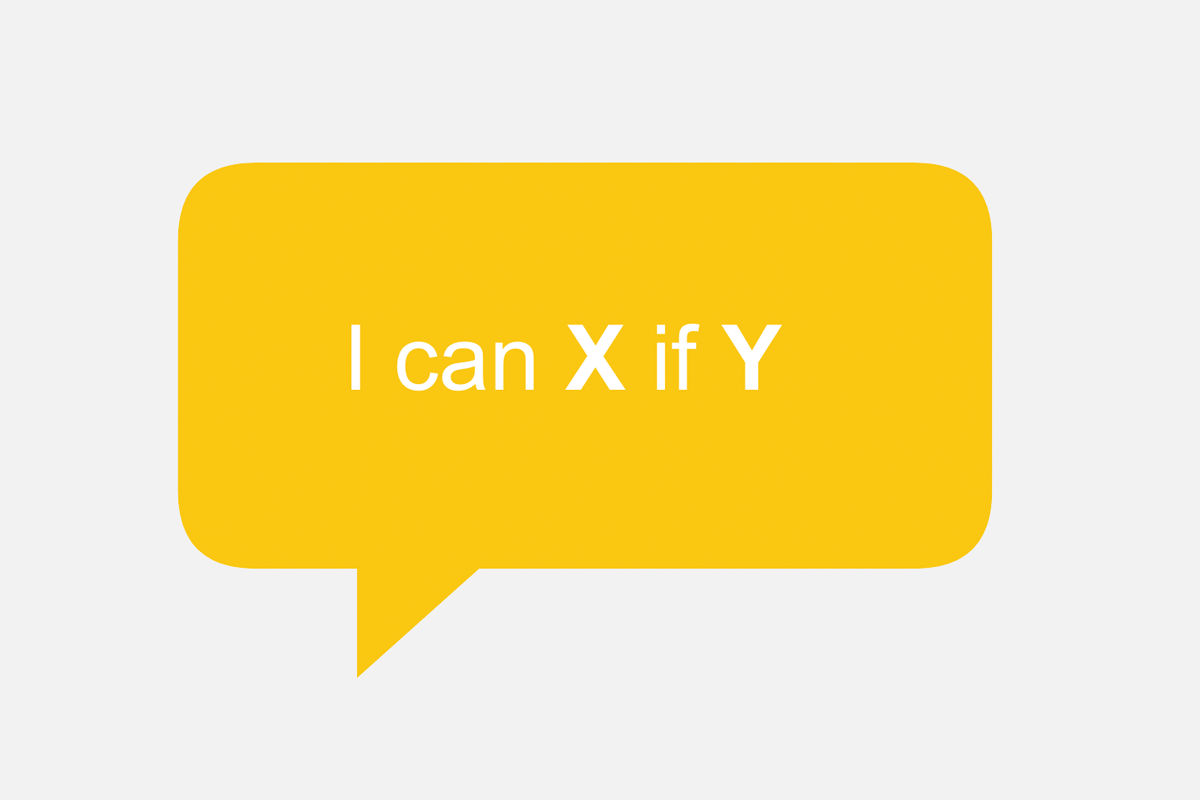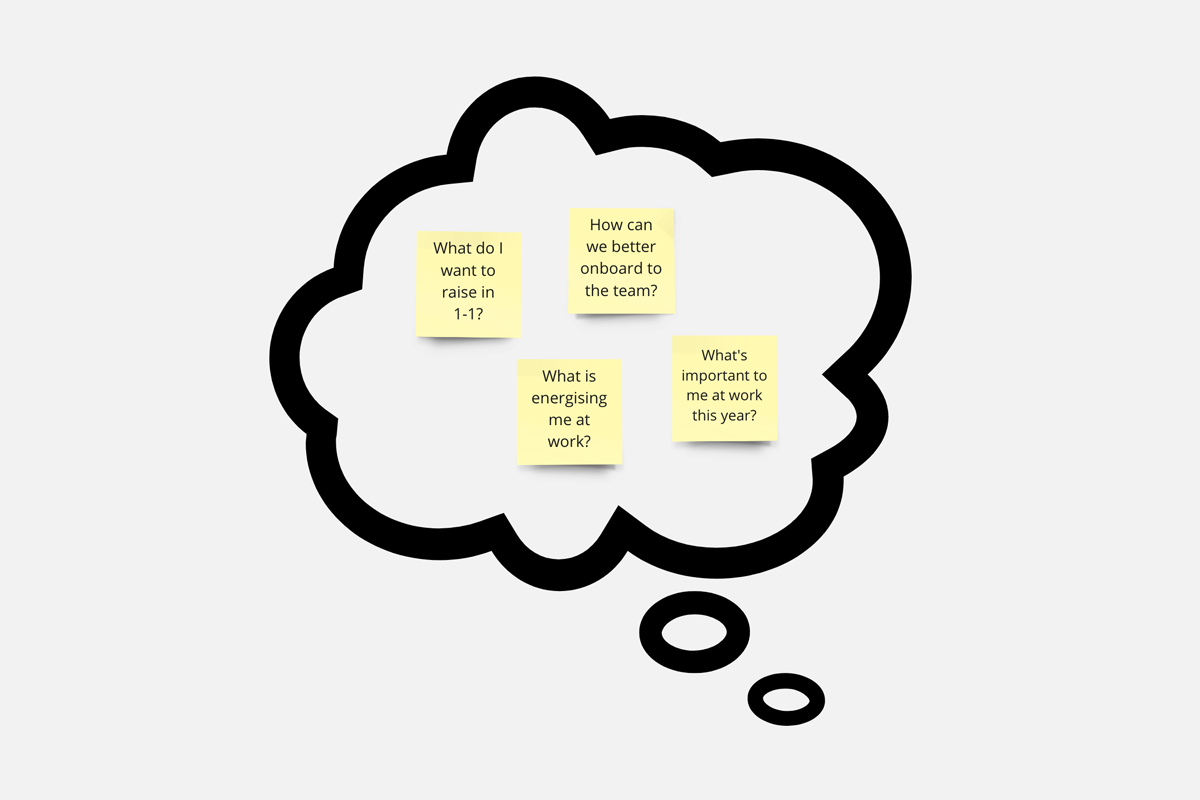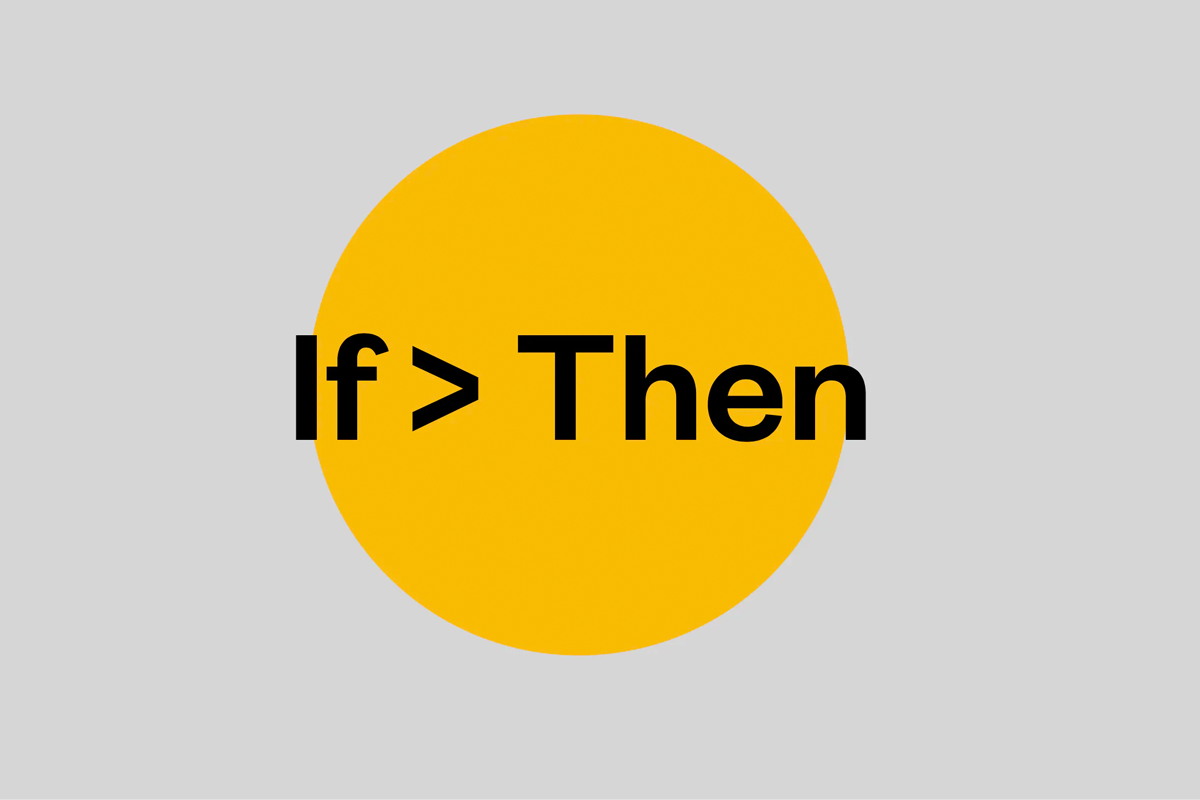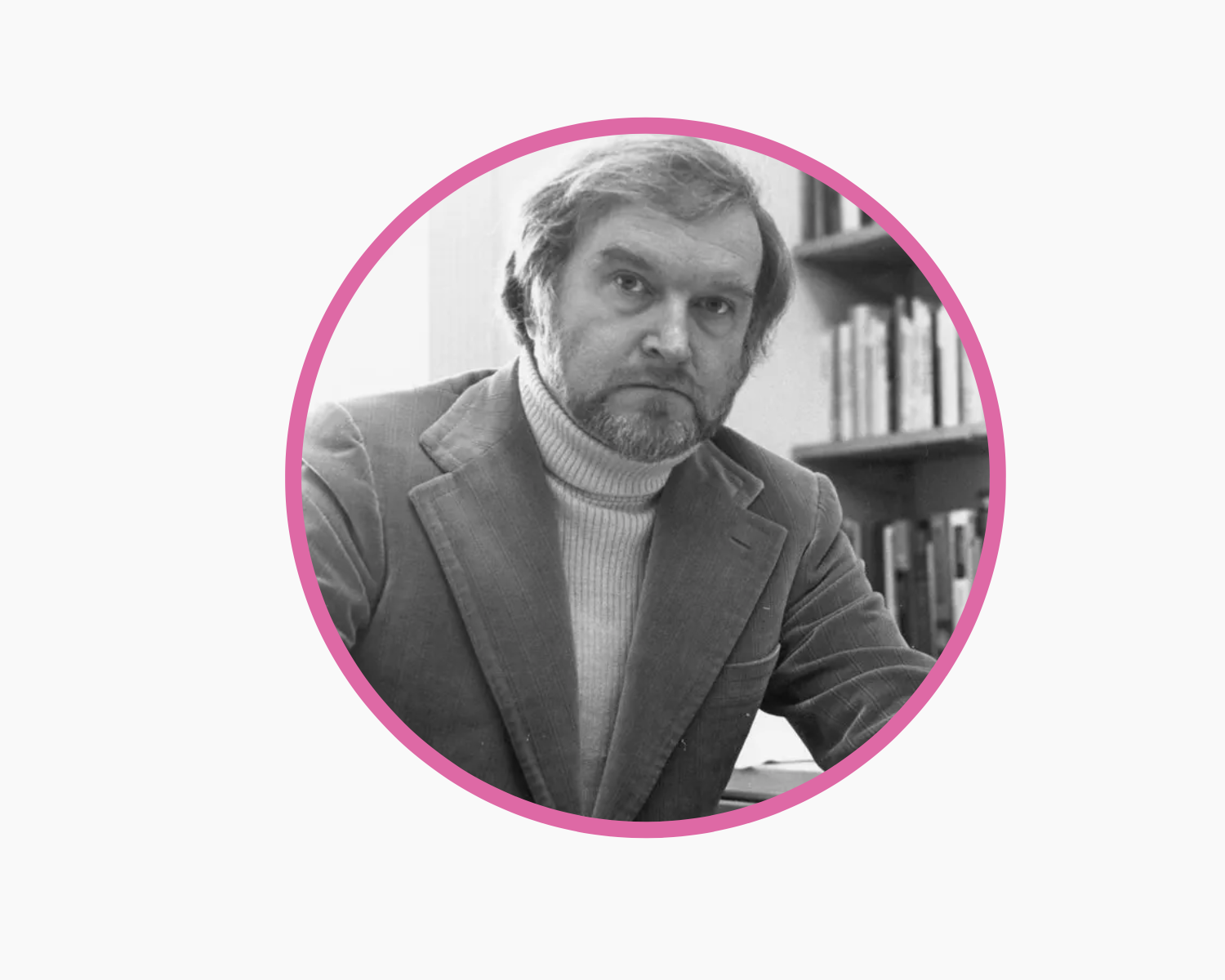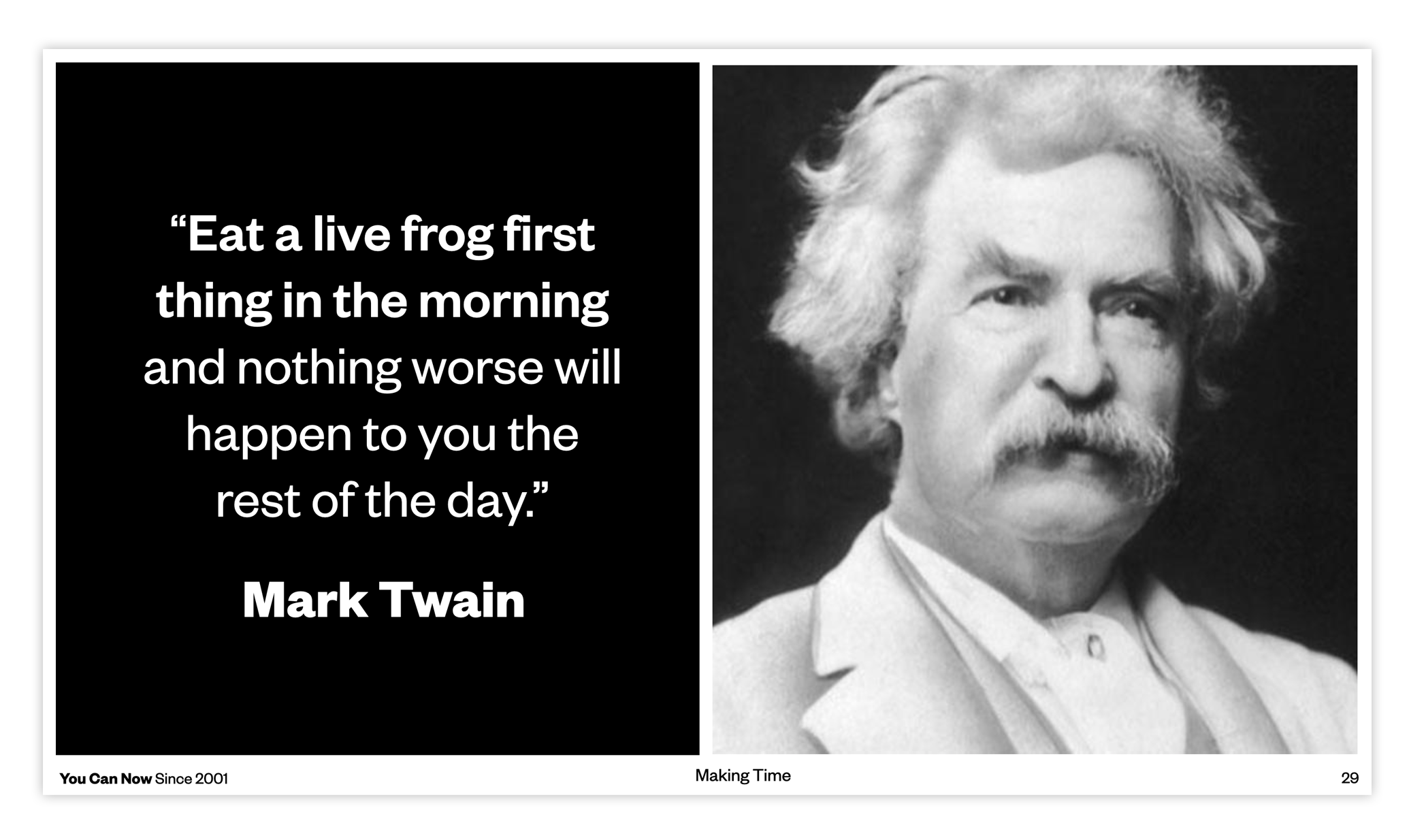For you, new and popular
Smarten your approach to setbacks, by trying out a Setback Story
What's the story?
When you’re faced with a setback, it’s easy to mentally skip forward in time and imagine the worst possible outcome.
“Setbacks cause our self-doubts to surface, encouraging us to give up, stop trying and reduce our ambitions.”
Luckily, research has shown how storytelling through expressive writing can help us reframe our feelings about setbacks, better understand ourselves and get clearer on positive actions. And that’s where ‘Setback Stories’ are useful.
Setback Stories help you pick apart the stories you’re telling yourself, analyse what’s happening, who’s involved, and change your ending for the better. Coupled with some powerful coaching questions, you can create some helpful emotional distance and a more positive outlook overall. Plus, they’re really fun to do!
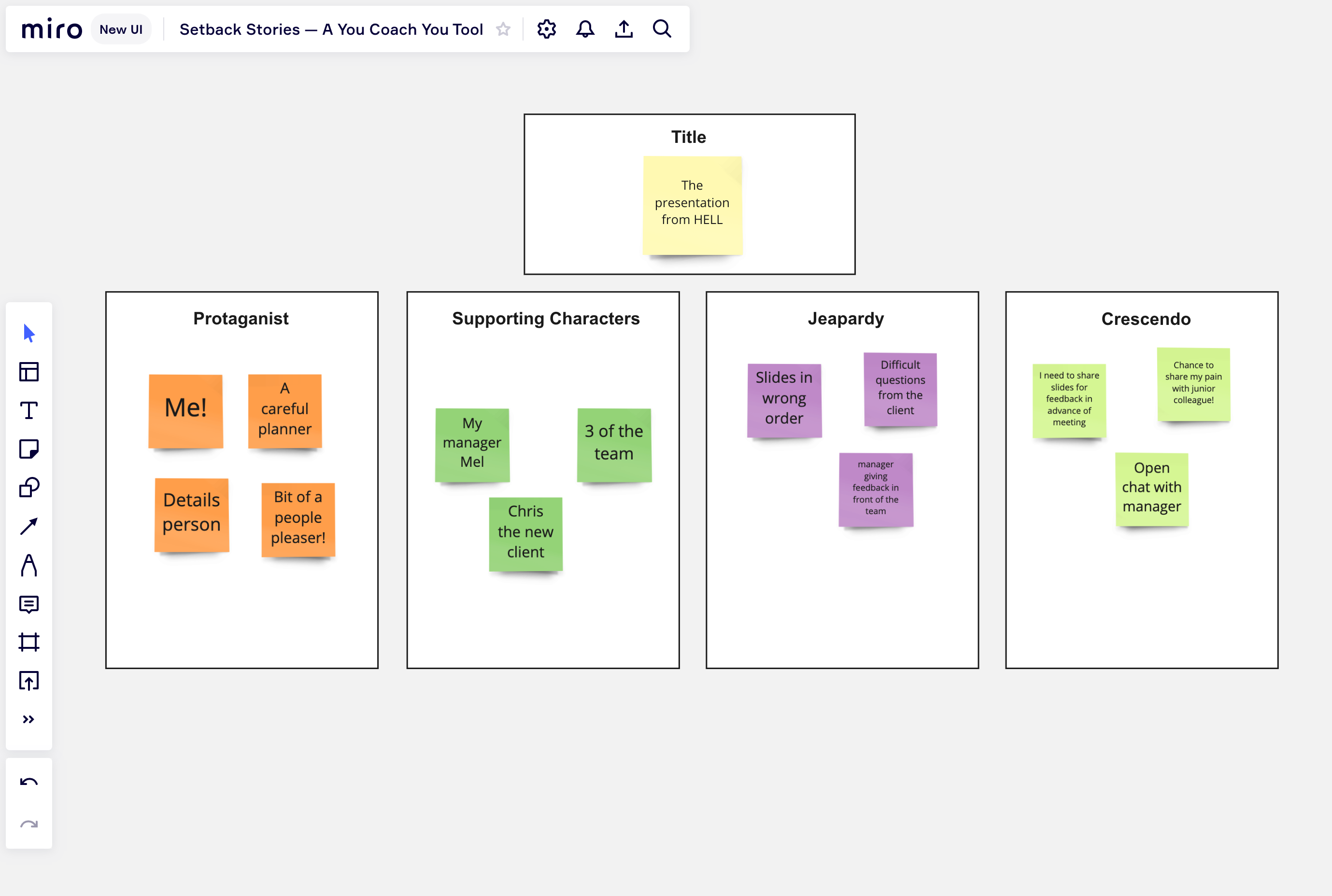
Giving the tool a go
Let’s take a look at the nuts and bolts of a setback story, so you can then experiment with your own.
Maybe you feel out of your depth in your new position, or didn’t feel like a job interview went well. It could be something outside of work too. This is what your story is about.
Find one that suits your story, and write it down on the head of a sheet of paper. It could be straightforward (The Day I’m Having), it could capture an audience's imagination (Running in Circles), or be more specific about an actual incident (The presentation from HELL) — anything at all.
Introduce yourself in a couple of sentences; who you are, what you like to do. It might be something like ‘My name is Wale. I’m outgoing, I’m optimistic, I like rock-climbing, and I’m an avid reader’. It could also be about a belief you hold, or focus more on a feeling, like ‘feeling really prepared for any kind of meeting or presentation helps me feel in control of what’s coming’.
A story is nothing without conflict, so write a small paragraph that describes the setback you’re facing. It could focus on the facts - ‘I completed a presentation and received some negative feedback on my speaking skills,' - it could explain your emotions - ‘I didn’t feel my design pitch went very well and it made me feel like a failure,’ - or it could be a mix of both. Don’t dwell on it too much, three or four sentences will do just fine.
Who always comes to your aid when you need it most? Who always believes in you, even when you don’t believe in you? Write down their names, your relationship to them, and how they make you feel. These are the supporting characters to your story of resilience and self-belief.
This is your chance to look forward and write out how you’re going to respond and react to your setback. You don’t need to know all the answers about the steps you’re going to take next, but you will need to intentionally and purposefully look for positives; learning opportunities, habits you’re going to start, new beginnings.
For example, ‘Before I go into my next job interview I’m going to take five minutes to focus on my breathing. When I do that, I won’t be nearly as nervous, and I’m going to make a much better impression. It might even be one that’s a better fit for me…” Or “Maybe if I share the presentation with my manager ahead of the next team meeting he can give me some feedback in advance, so I’m not rattled by it during?”
How will your story end?
Self-coaching questions
Helen and Sarah recommend these self-coaching questions to ask yourself off the back of experimenting with your Setback Story:
• What am in in control of as part of my current setback?
• Who could provide me with a helpful perspective on this challenge?
• When I’ve experienced a setback before, what helped me to move forward?
• What can I learn from this challenge that will be helpful in my future career?
• What successes have I had at the same time as this setback?
• What advice would I give to my work best friend if they were having this setback?
• When I reflect on this setback in a year’s time, what do I want to be true about how I responded?
Putting your setbacks in writing and charting a course for overcoming them creates powerful ‘emotional distancing’ while building self-belief and positive future planning at the same time.
Good to know...
We cover an array of tools and techniques for building bounce-back-ability in our Rethinking Resilience workshop. Book into coming sessions here.
You Coach You is a must have book for every team bookshelf, packed with practical approaches to work and relational challenges.
Helen and Sarah, the authors of You Coach You — have a superb podcast on the Squiggly Career.
We collaborated on a live workshop with psychologist and author of Chatter, Ethan Kross. Ethan shared some very practical insights into quietening our inner critic, and turning up the volume on our inner coach.
Similarly, neuroscientist and brain expert Ian Robertson has shared six tactical, actionable approaches to boosting our confidence.






